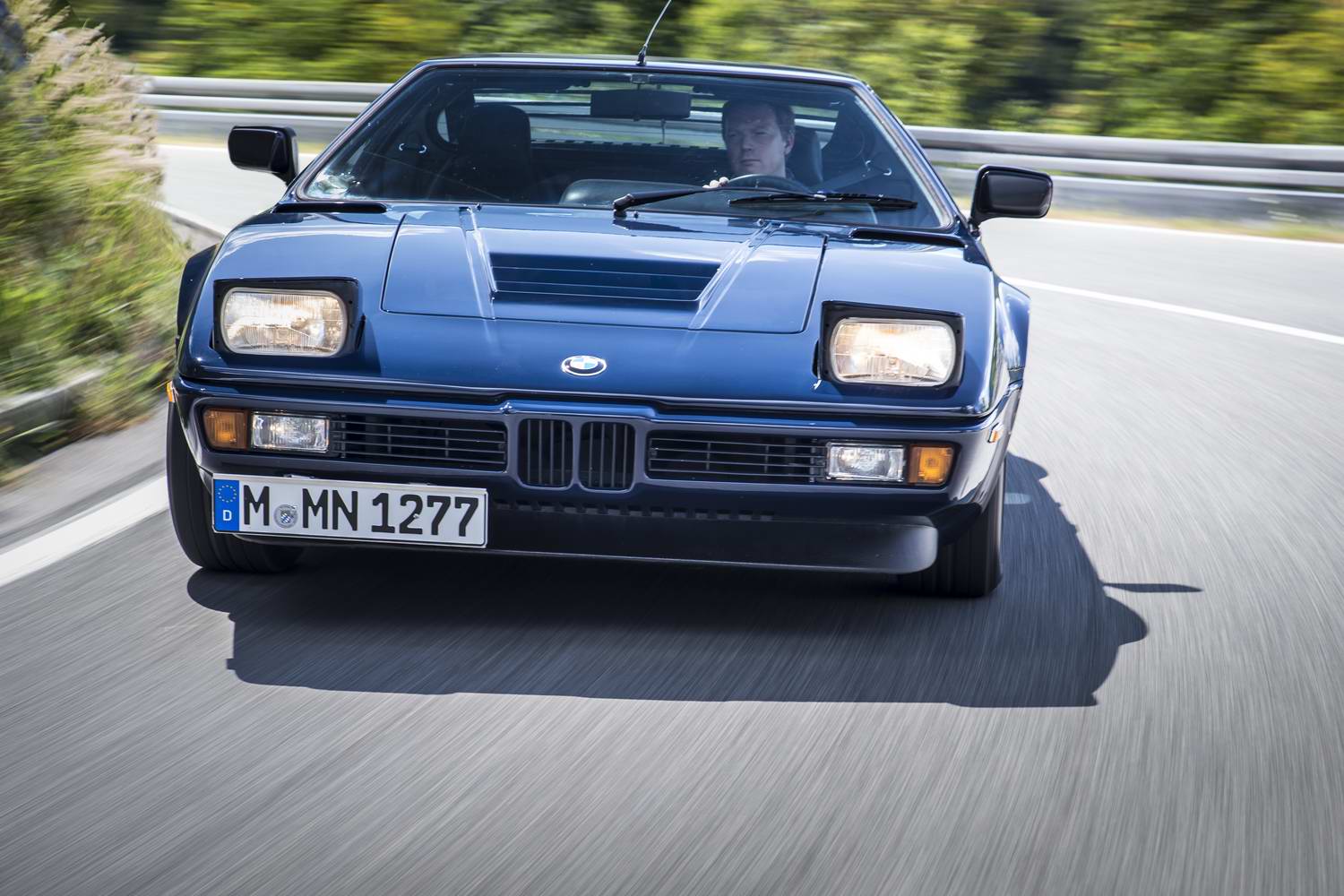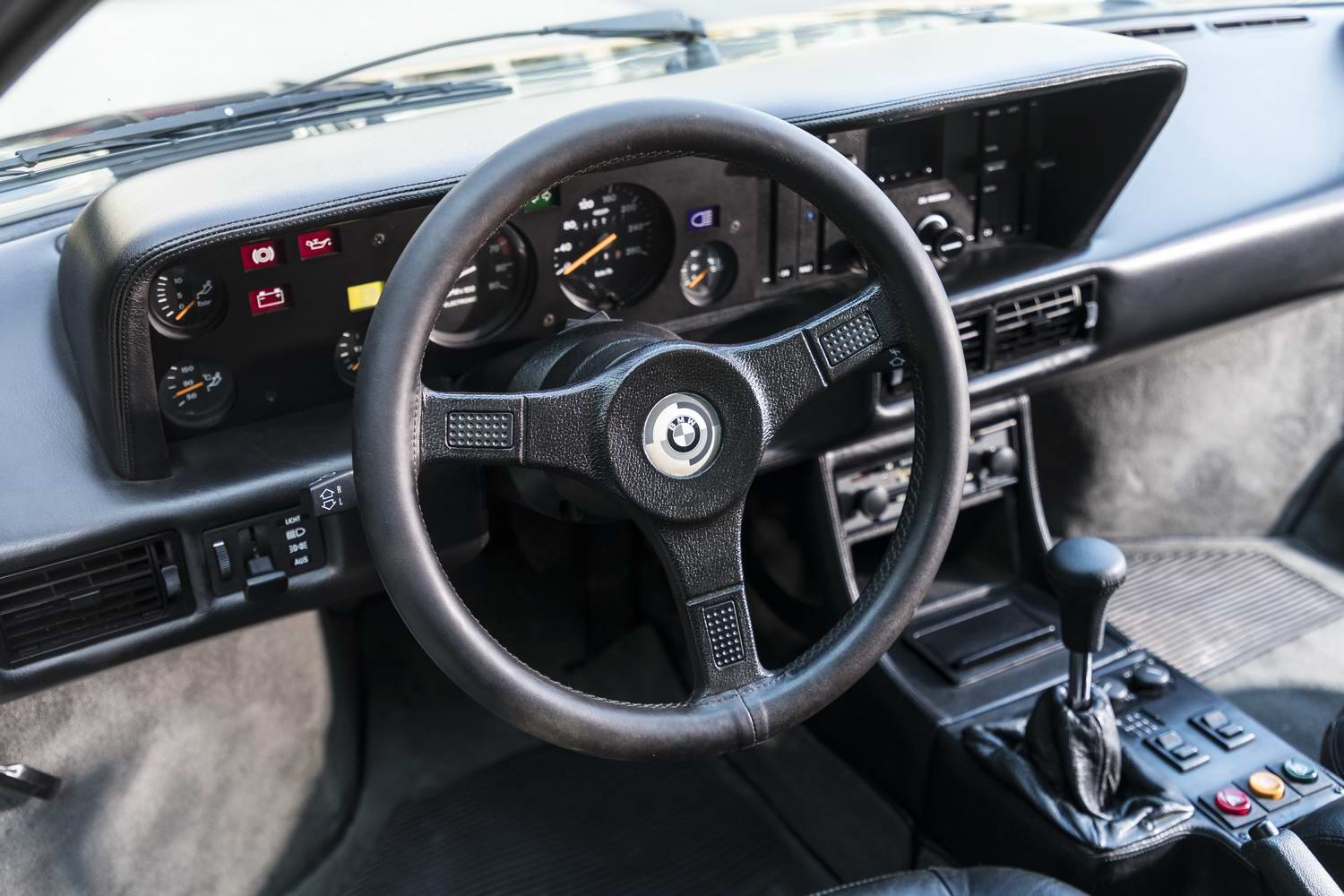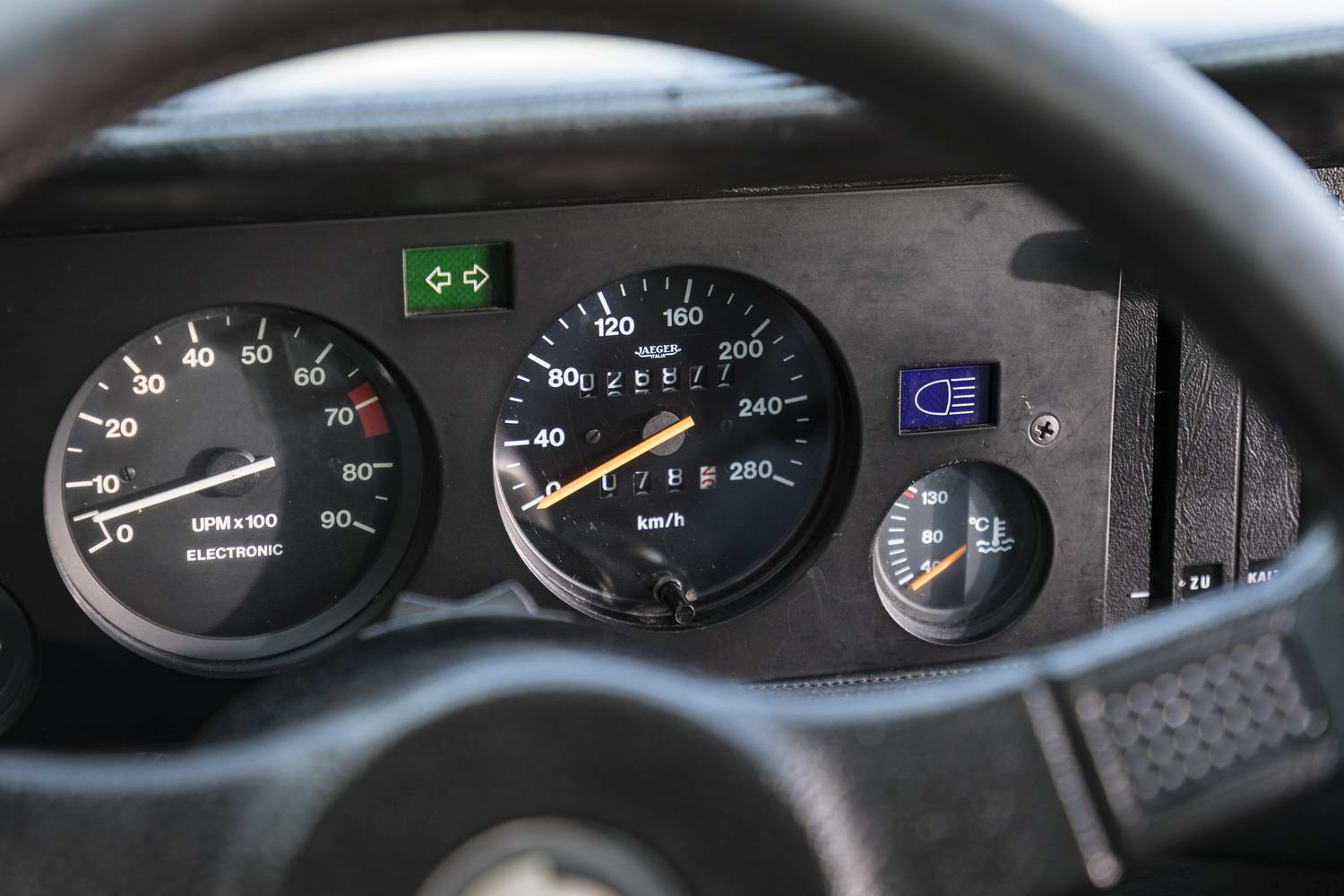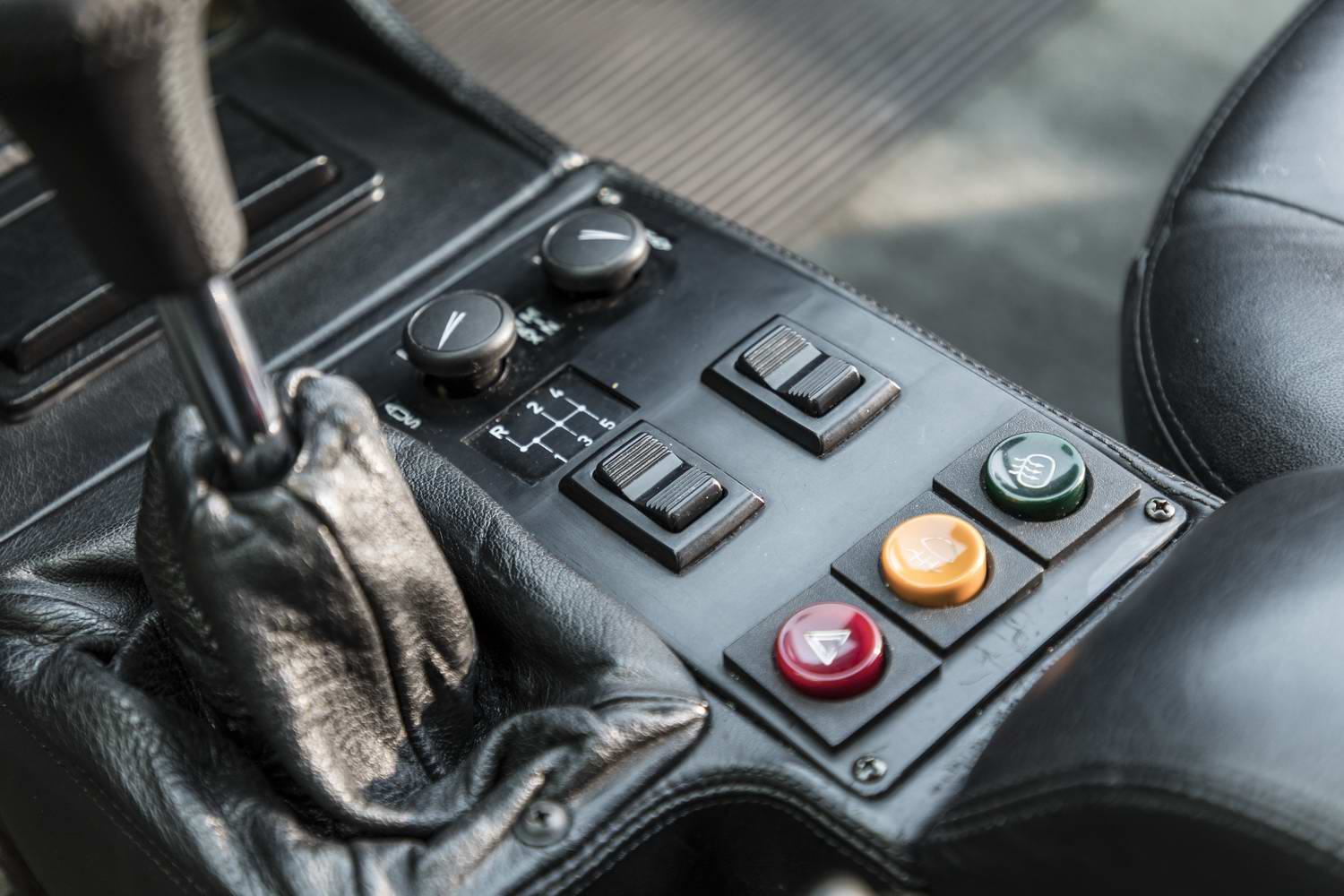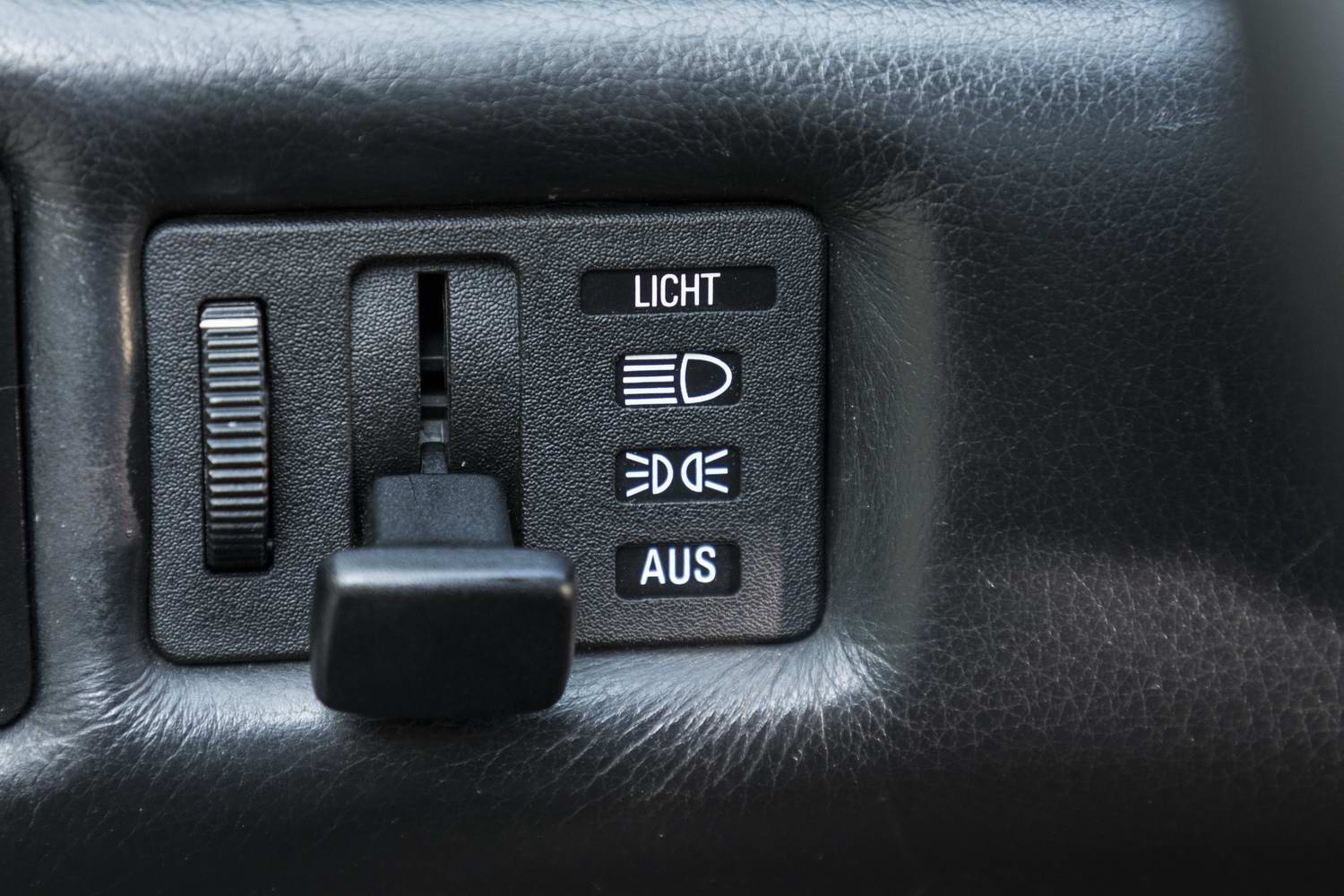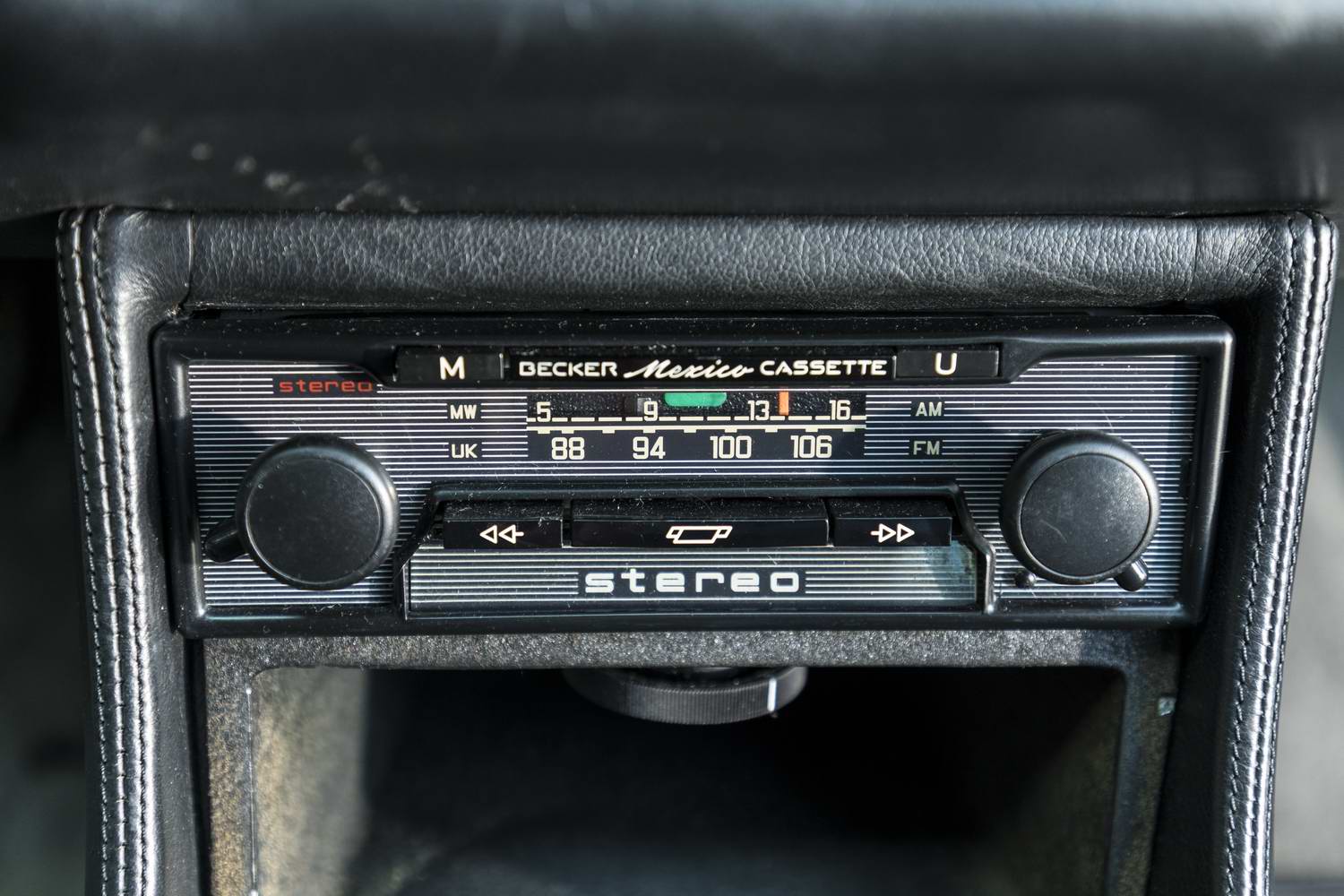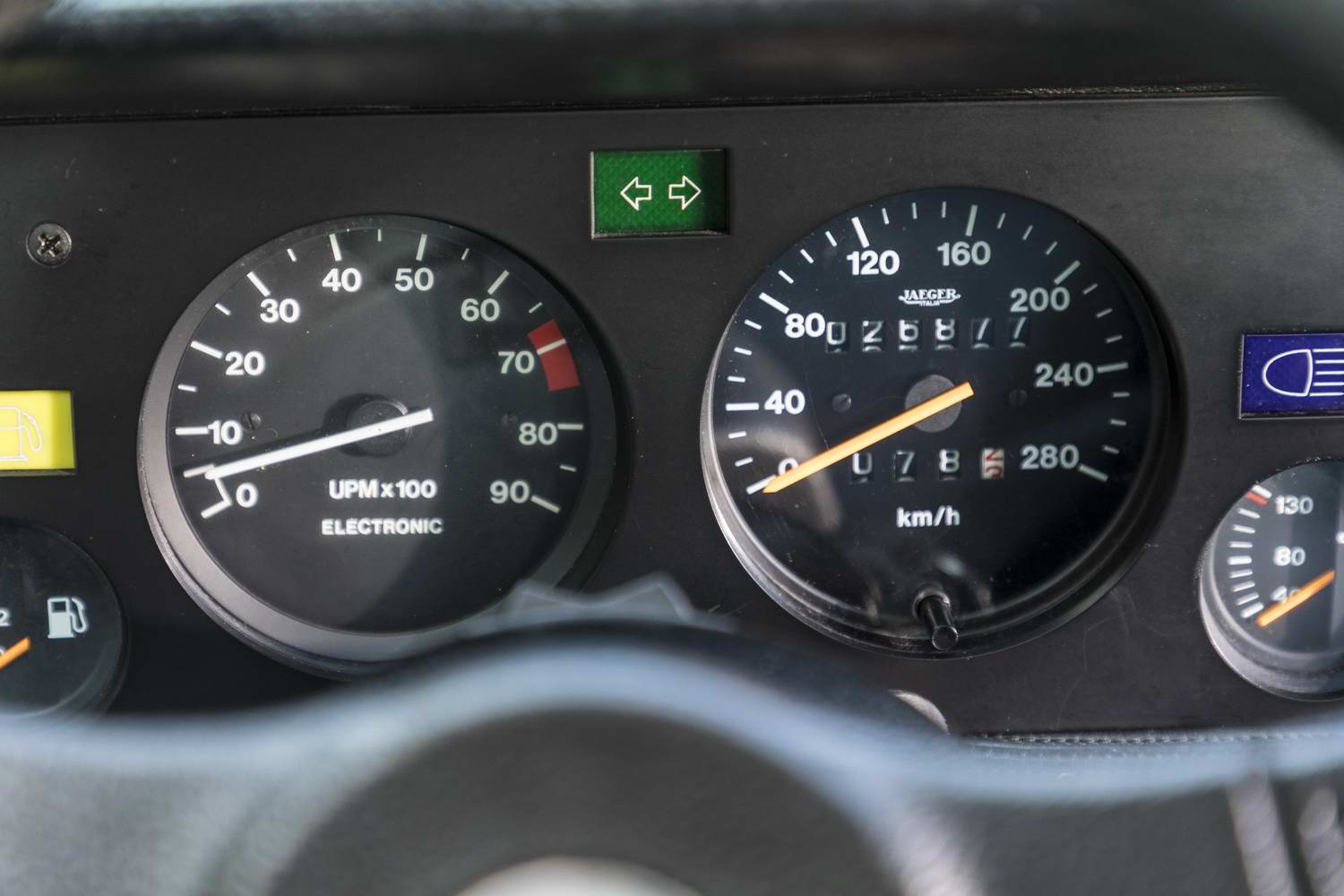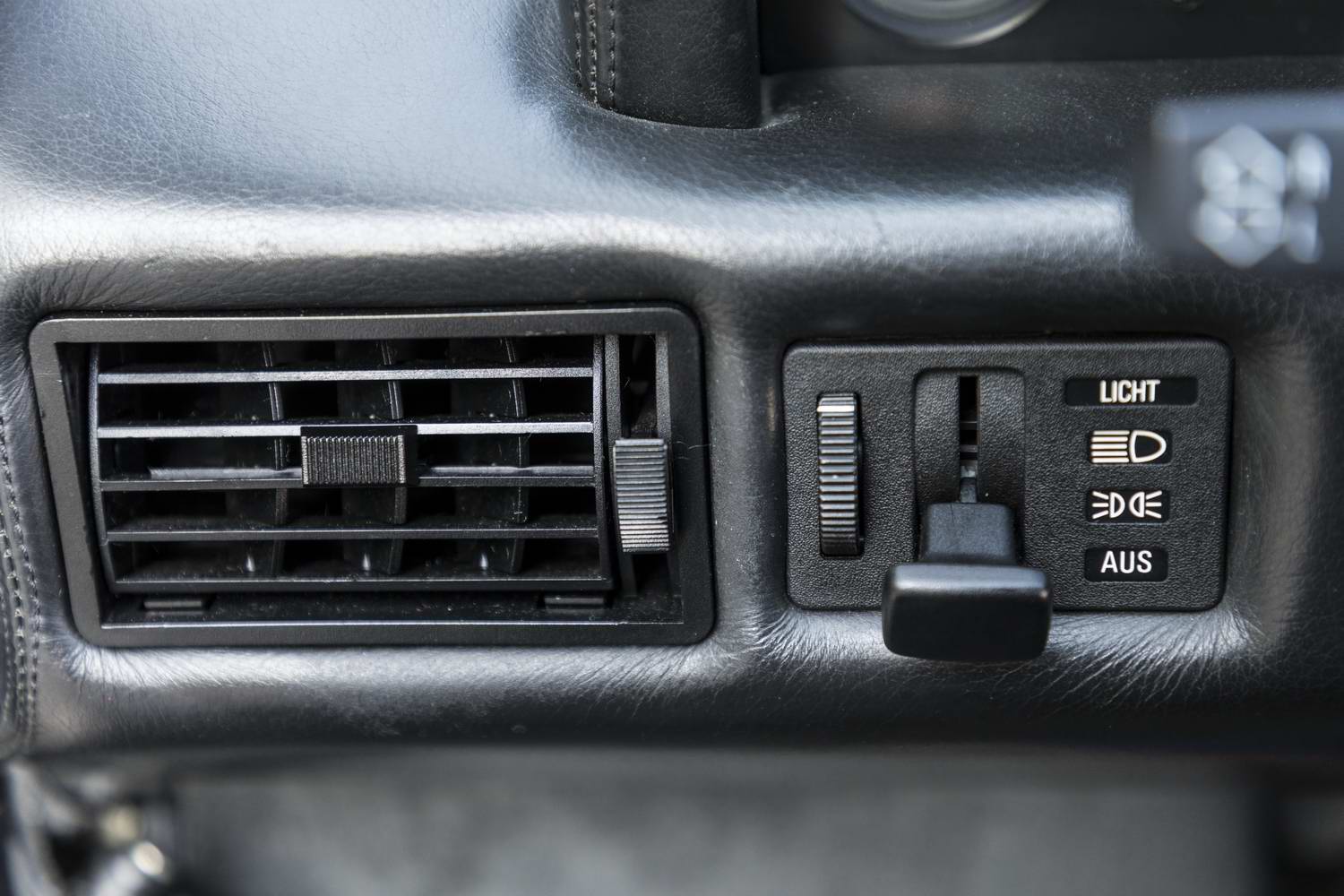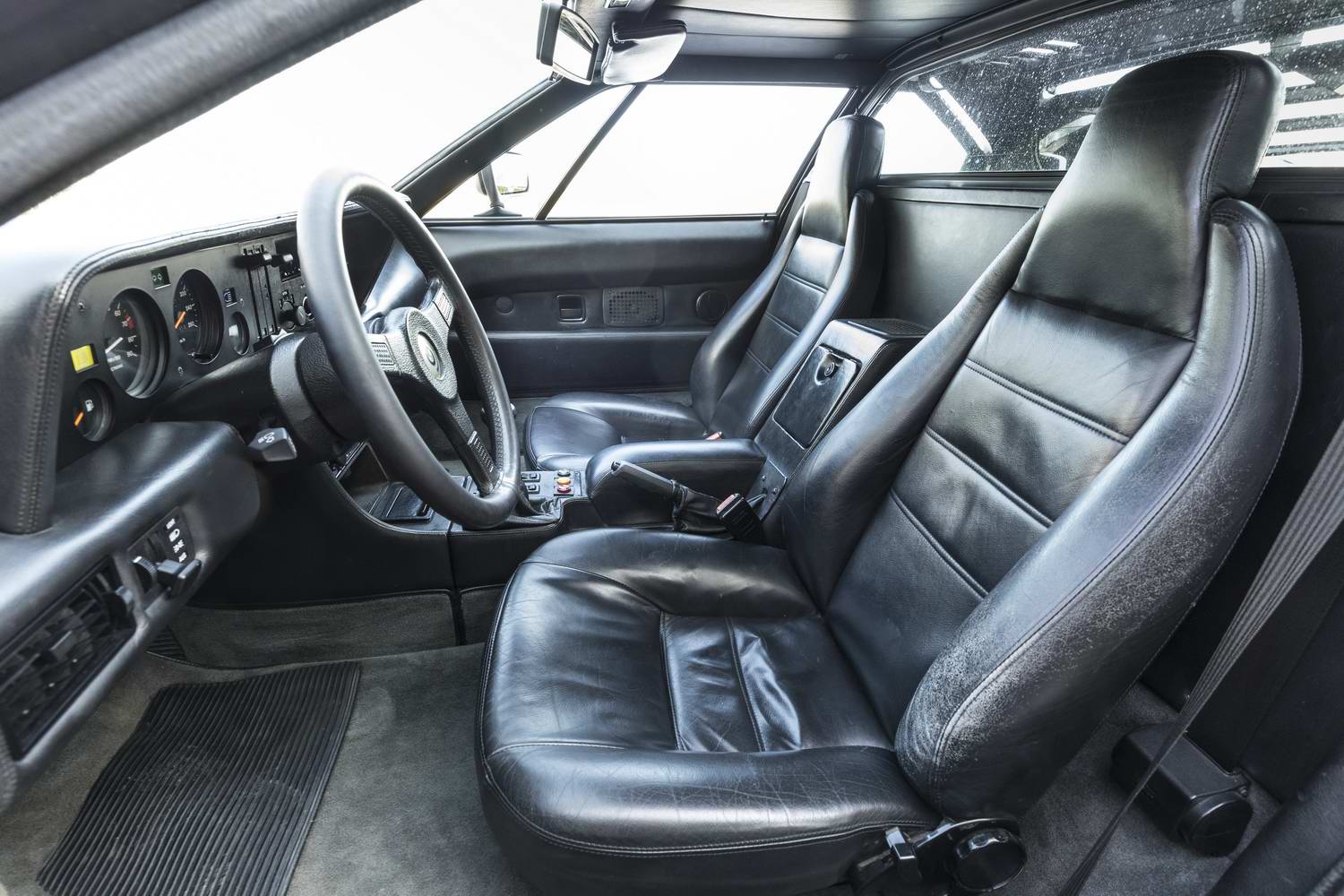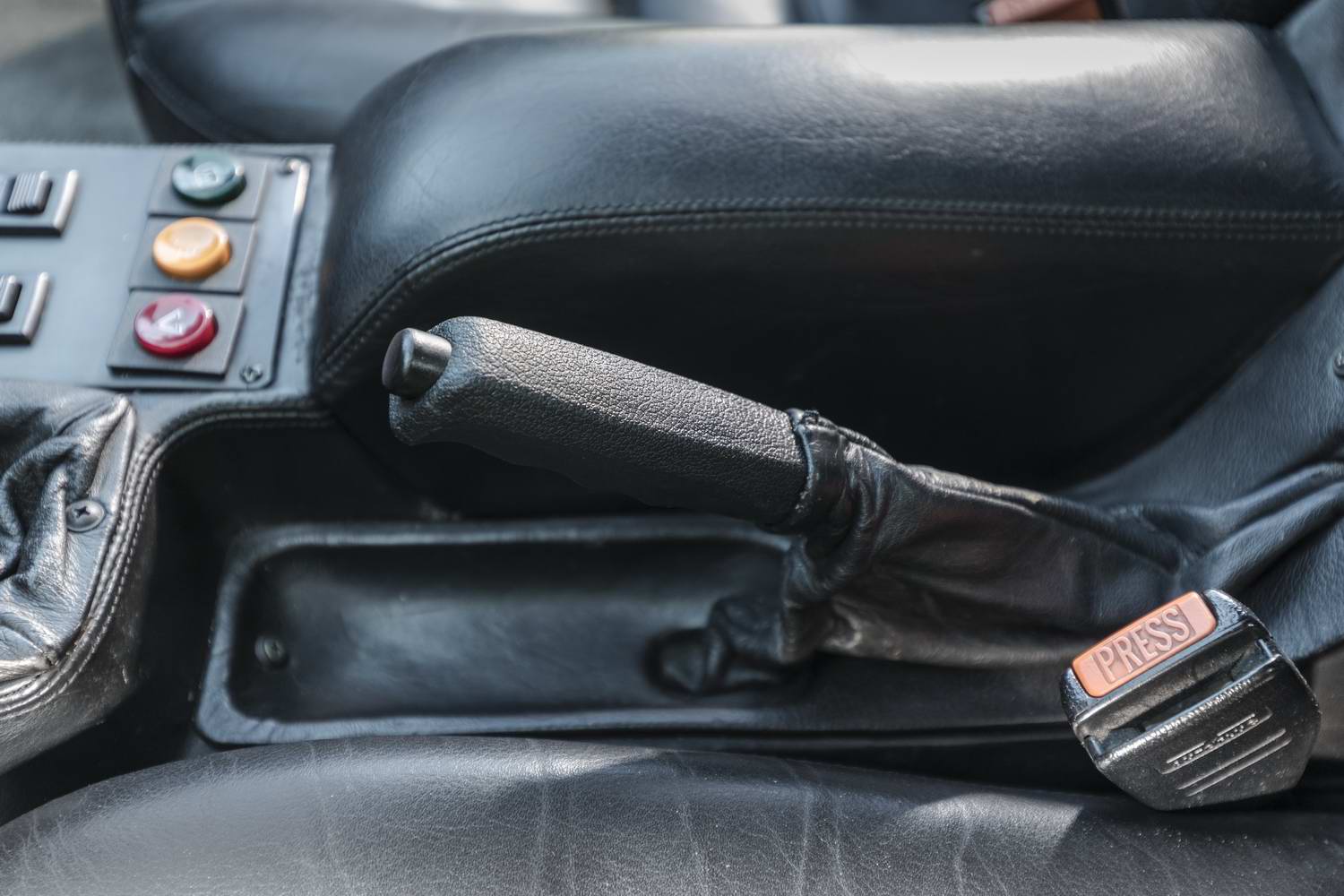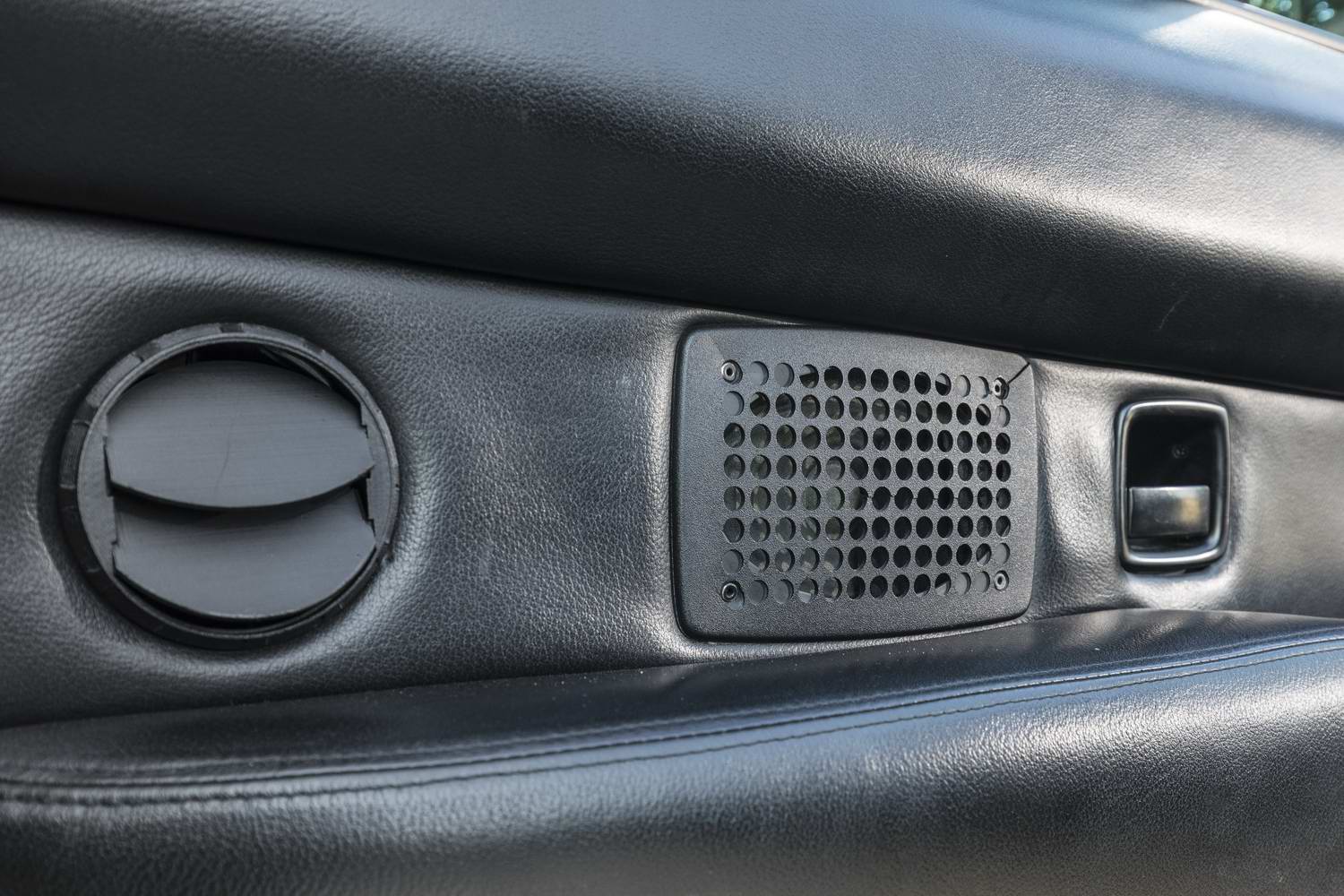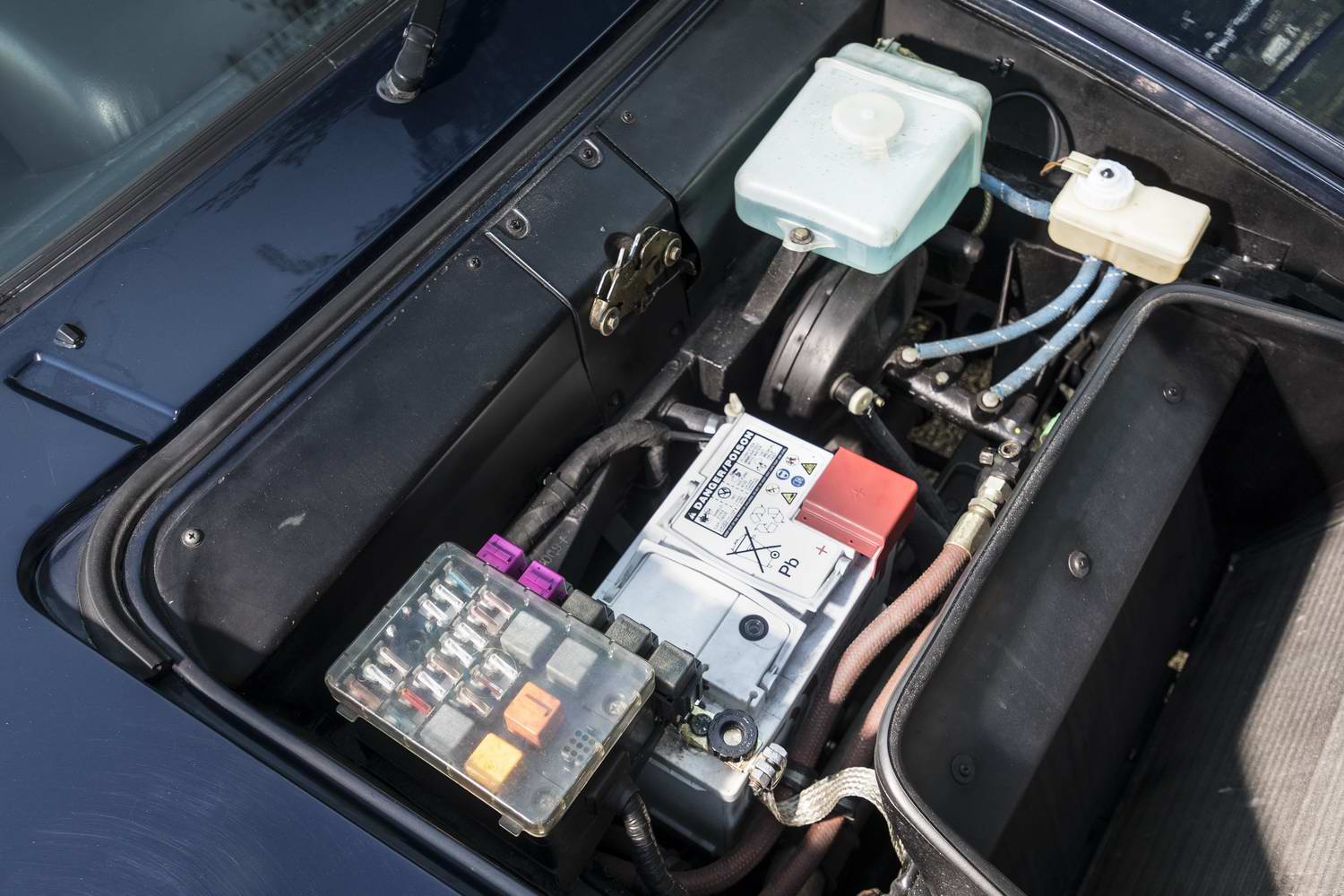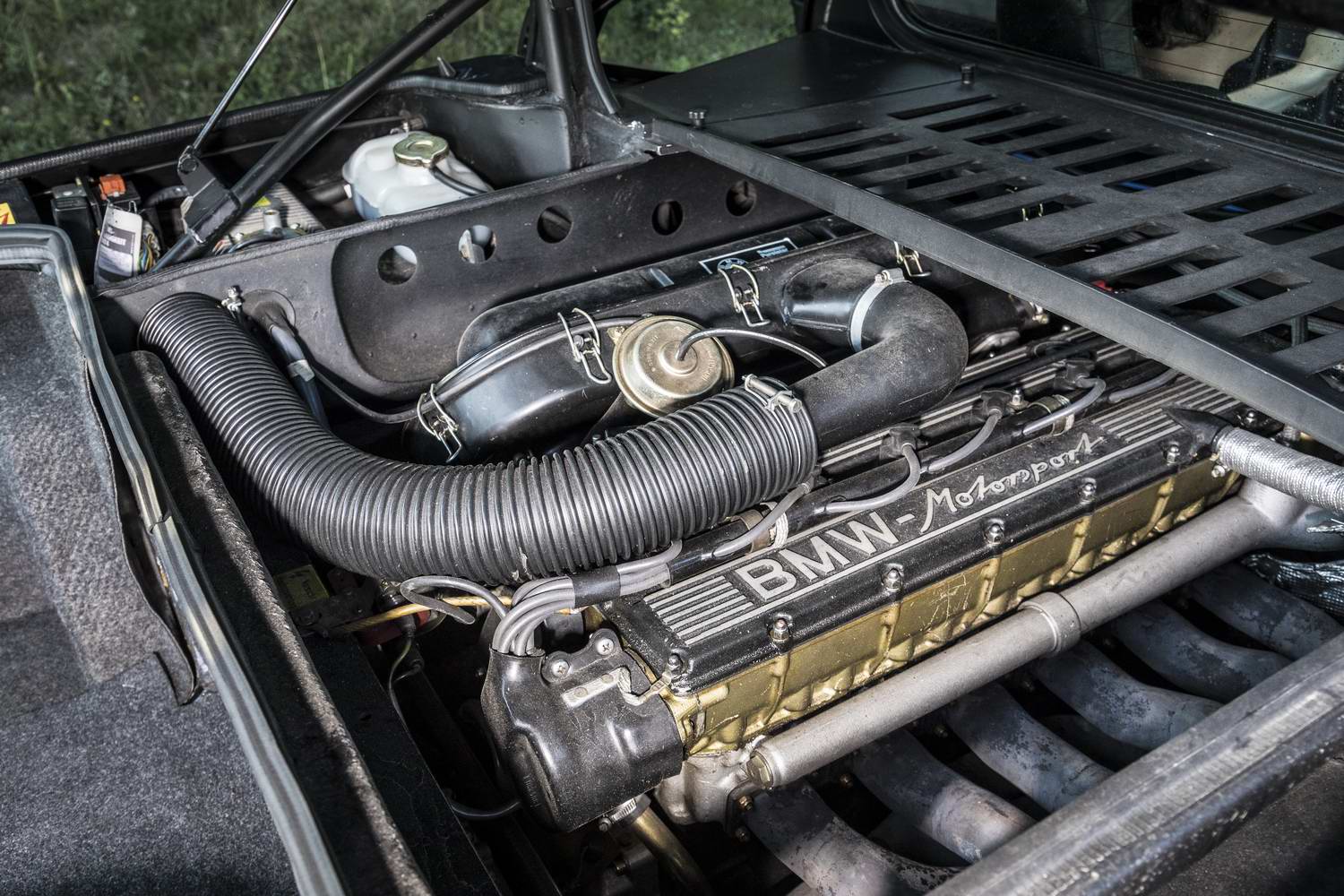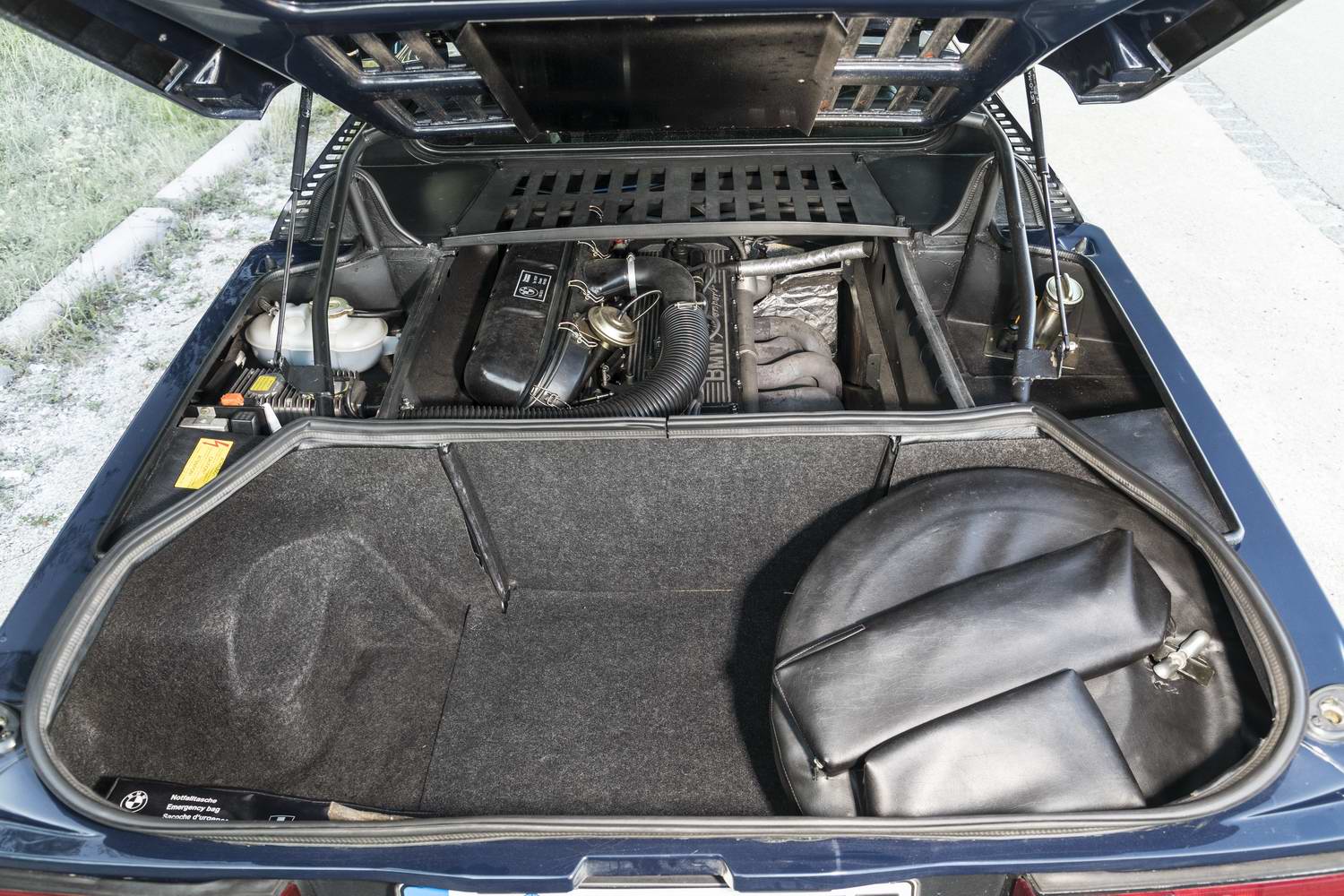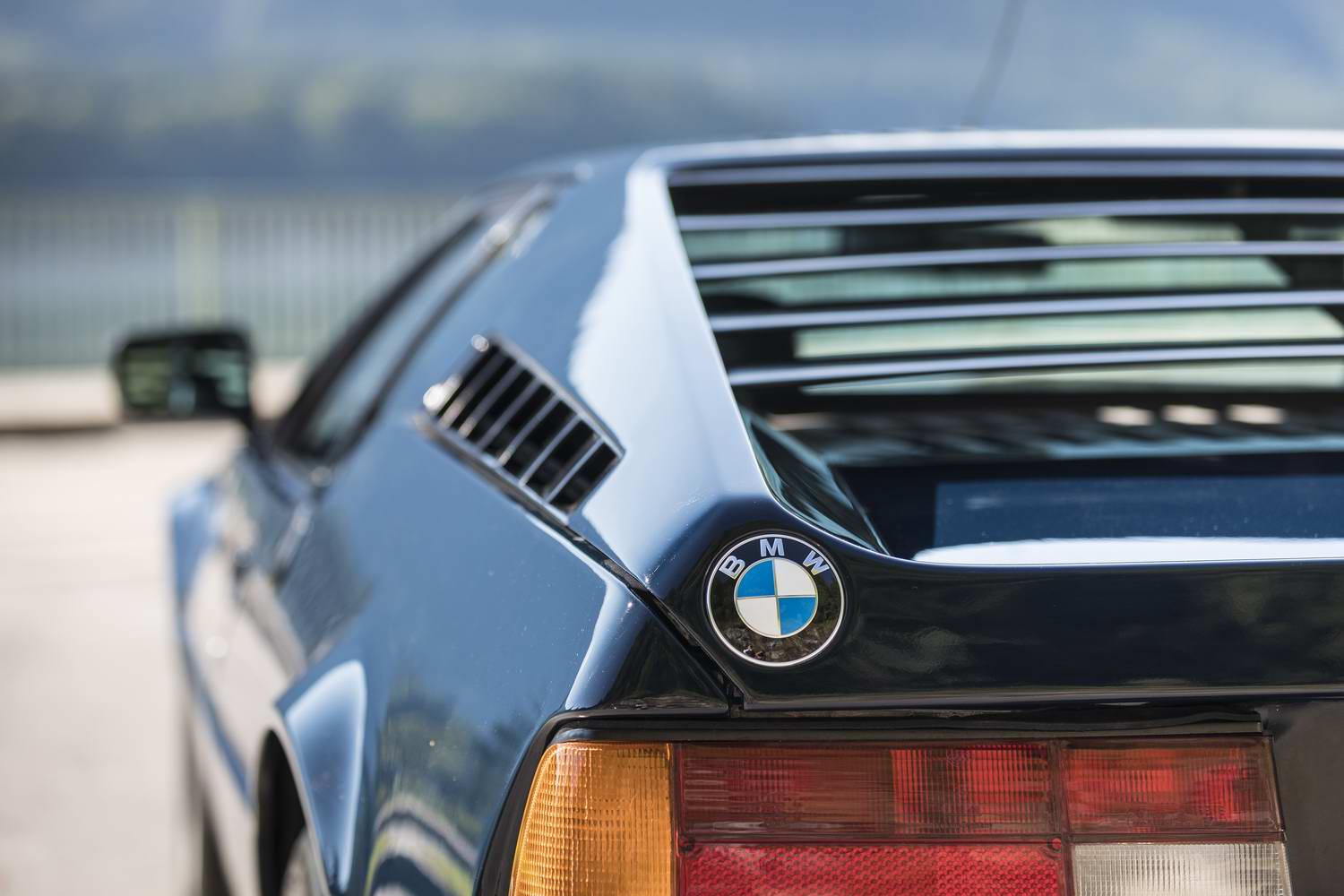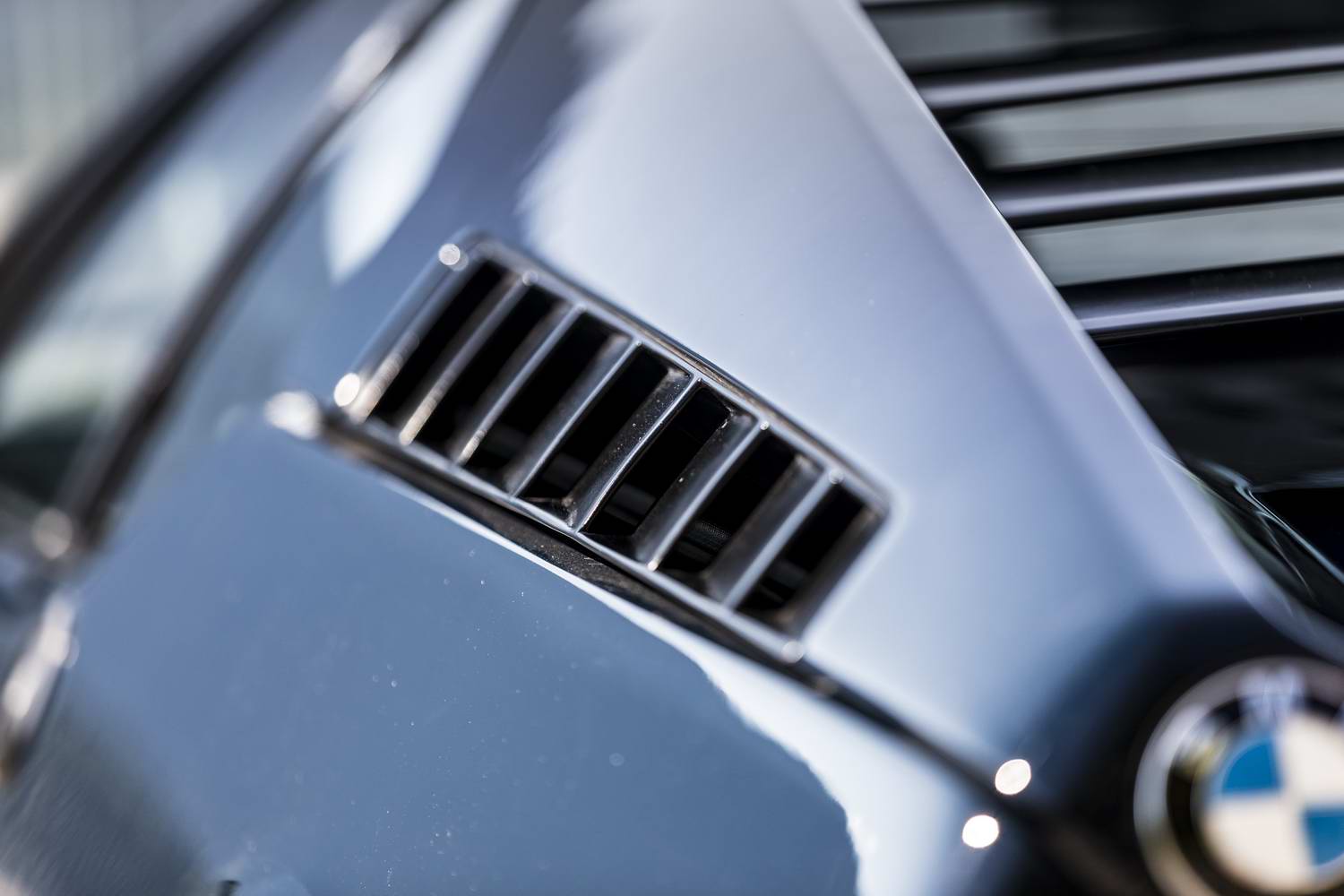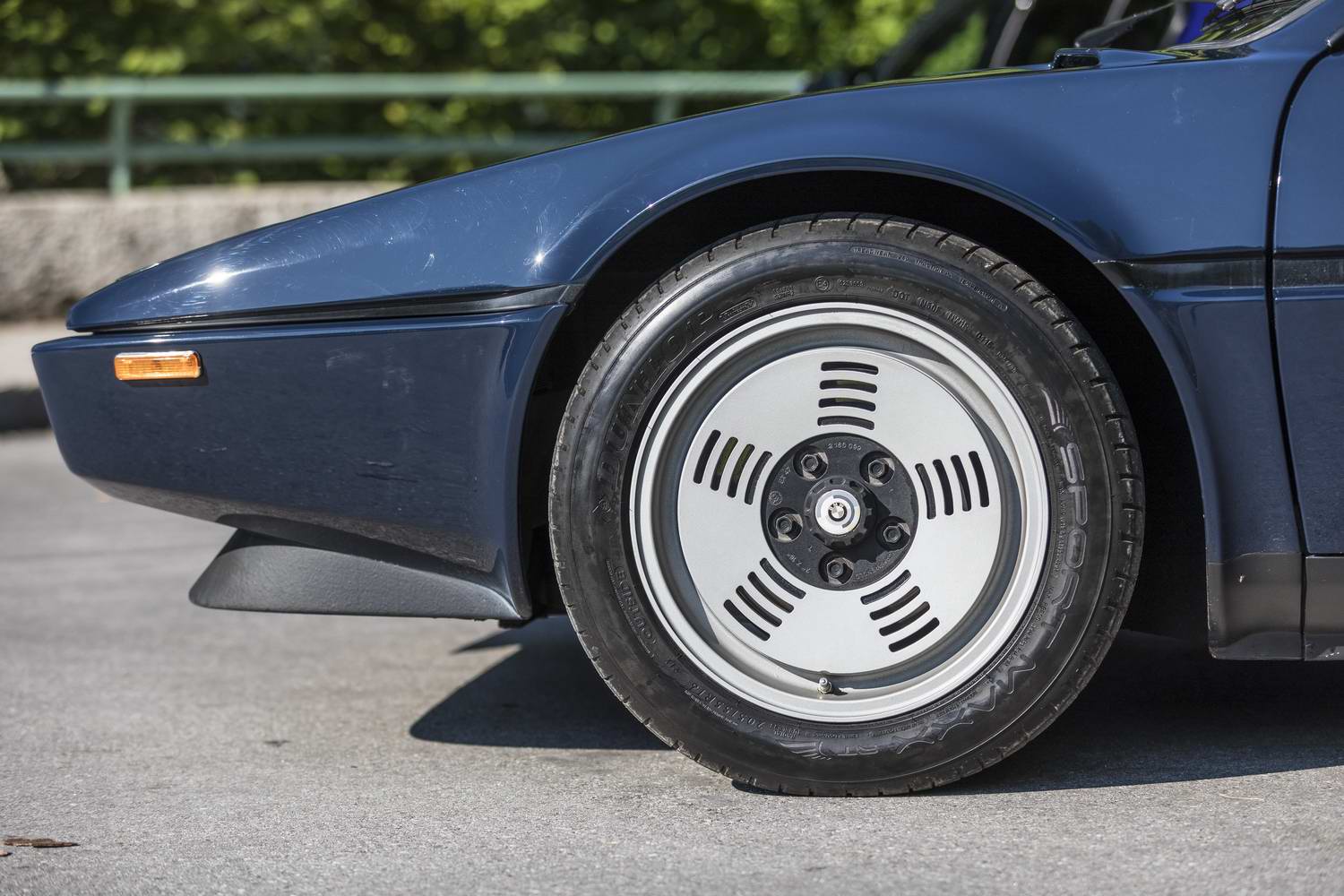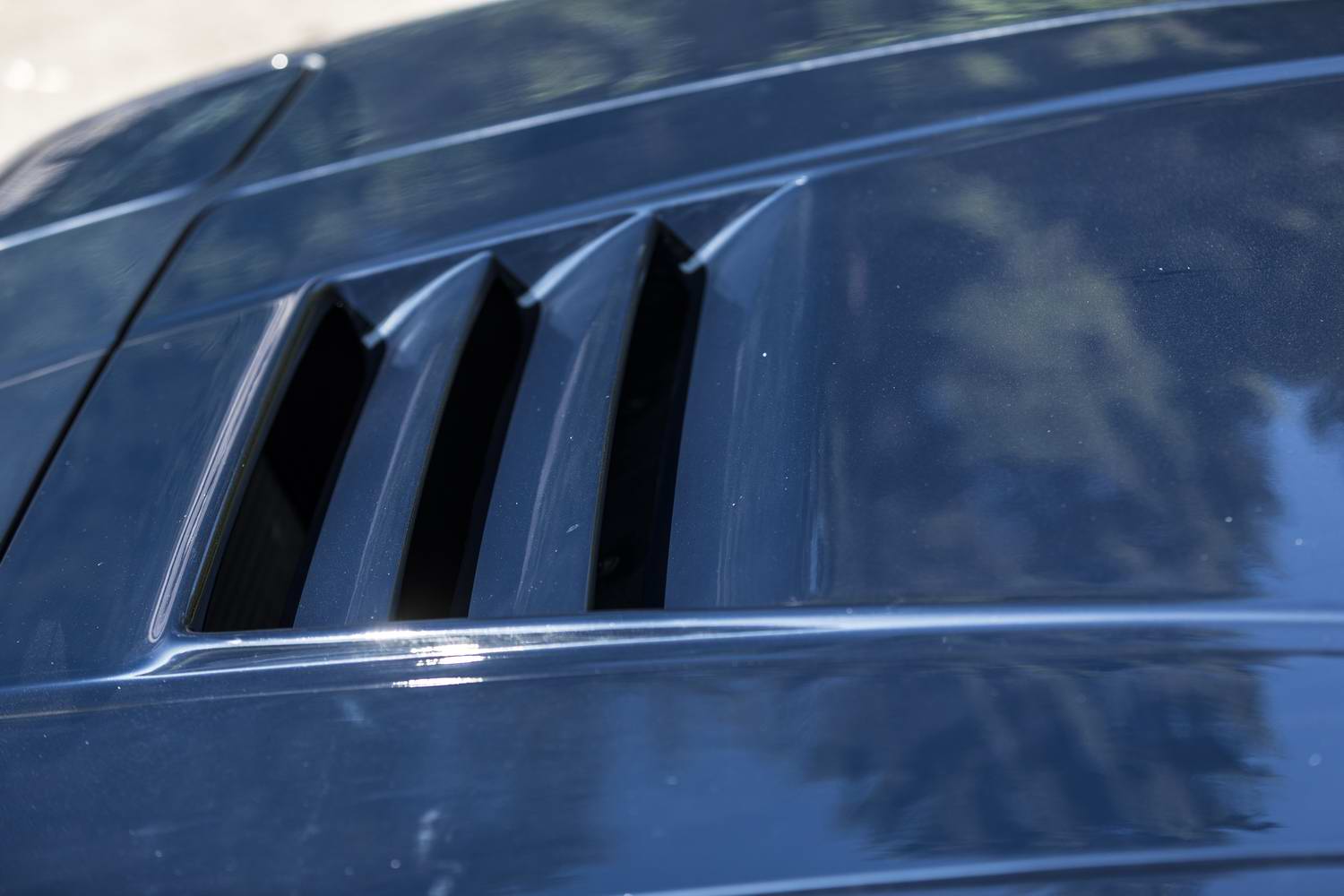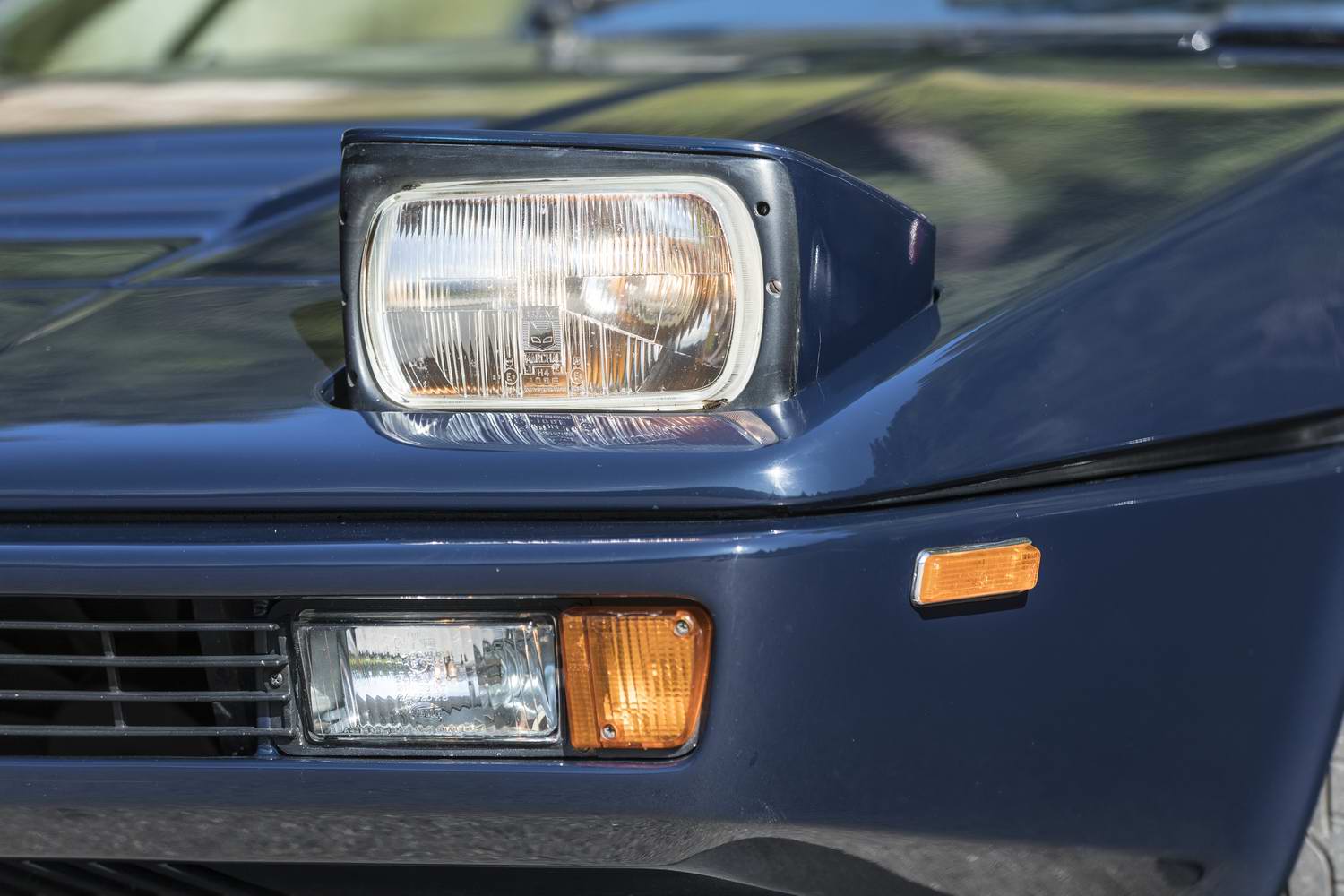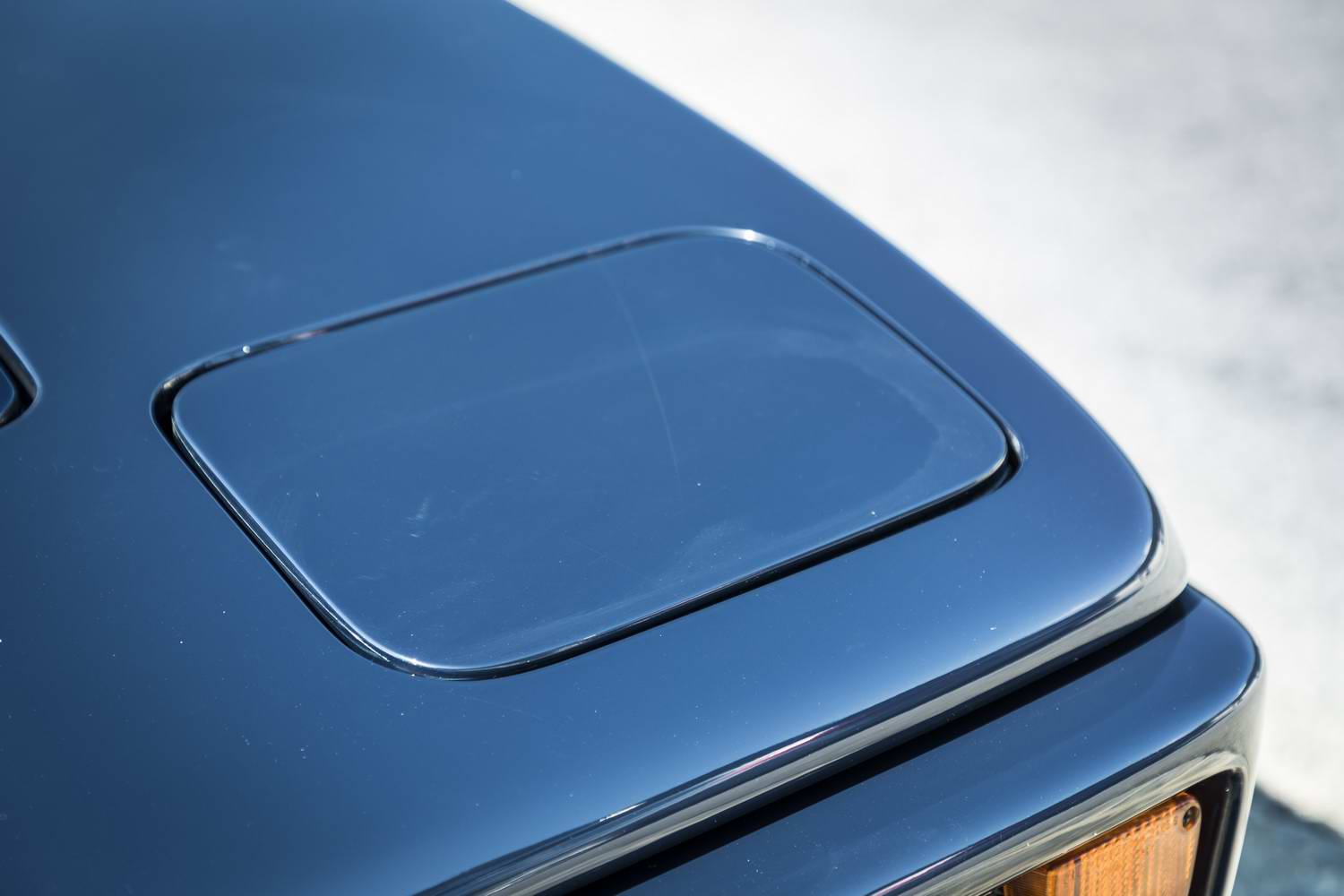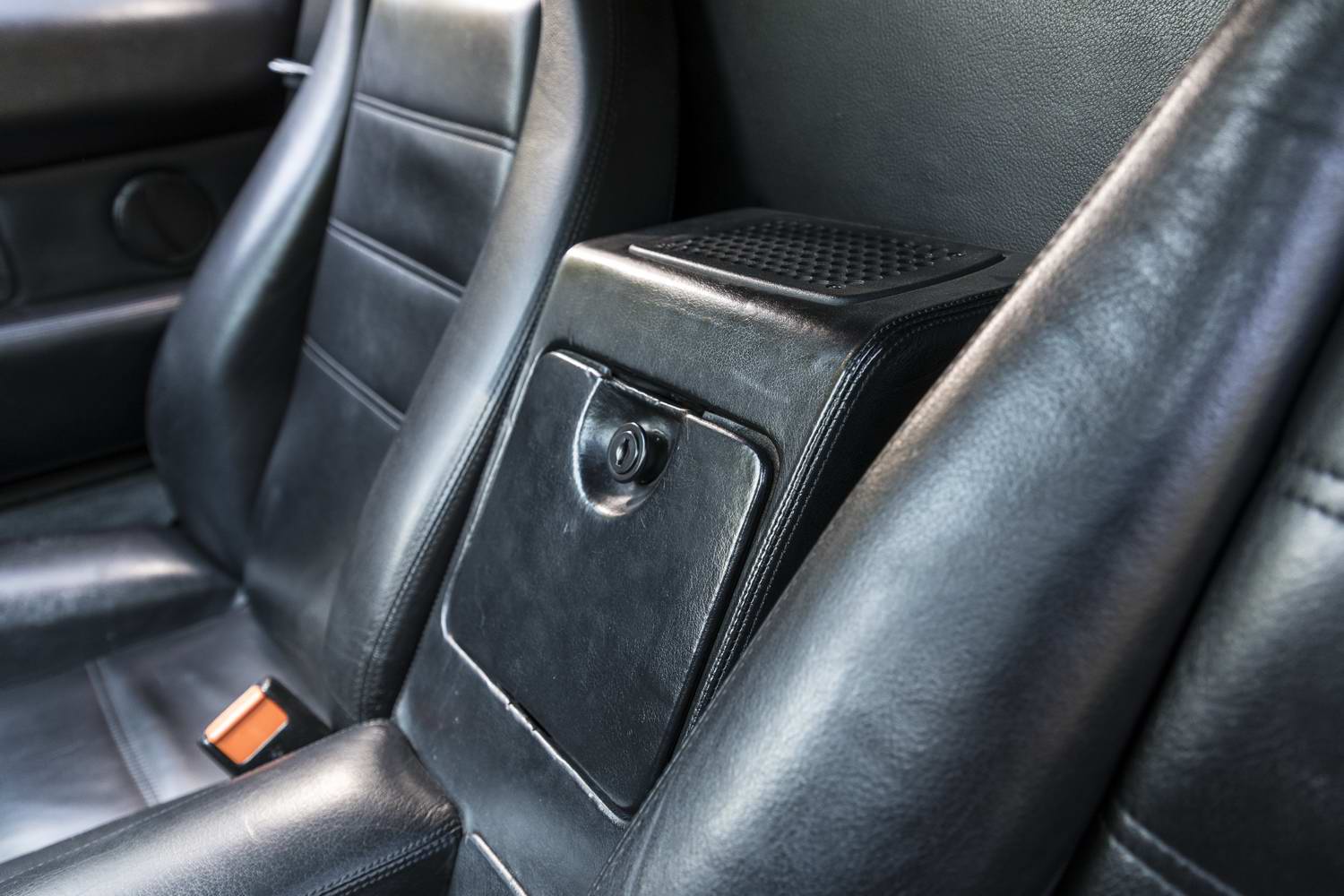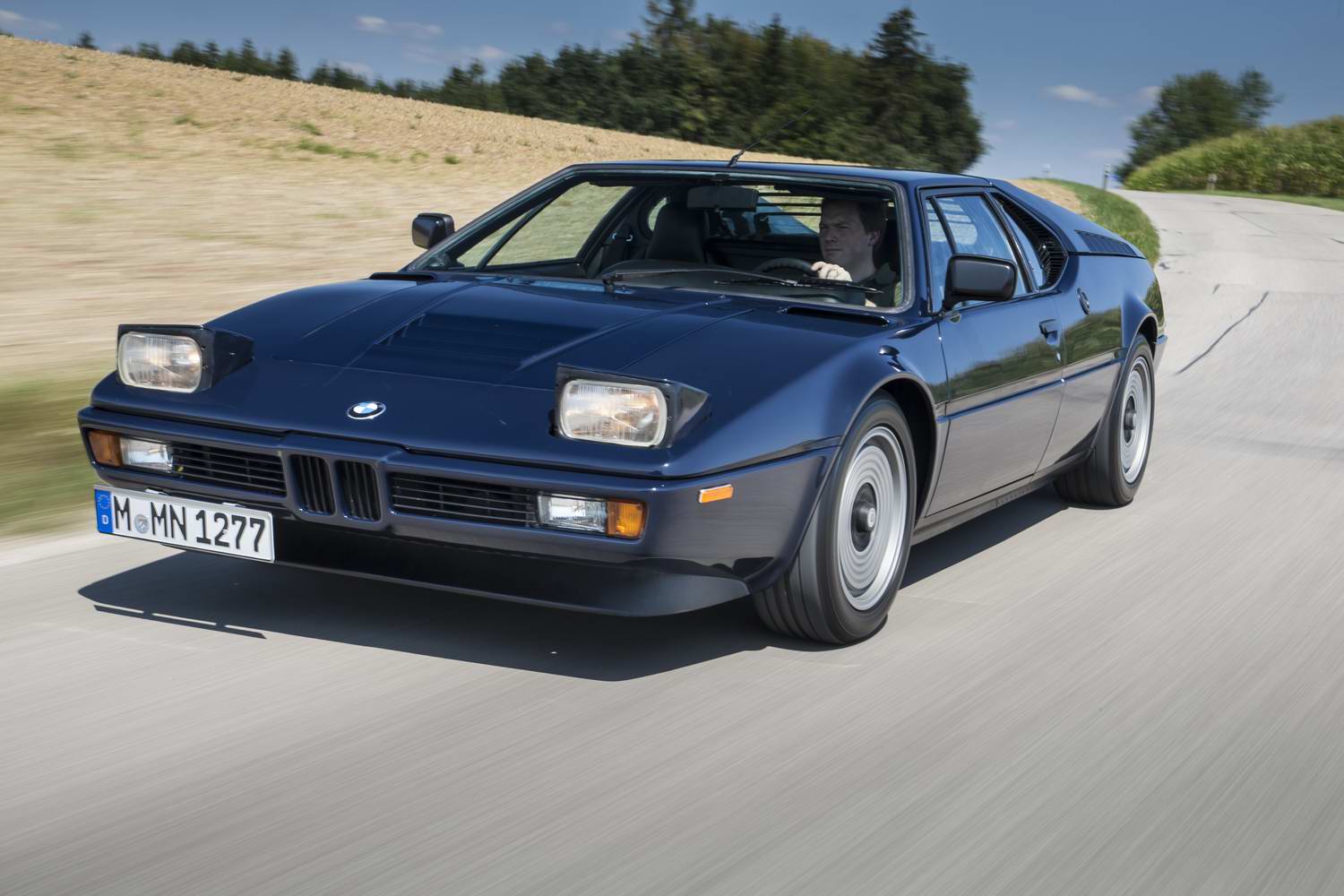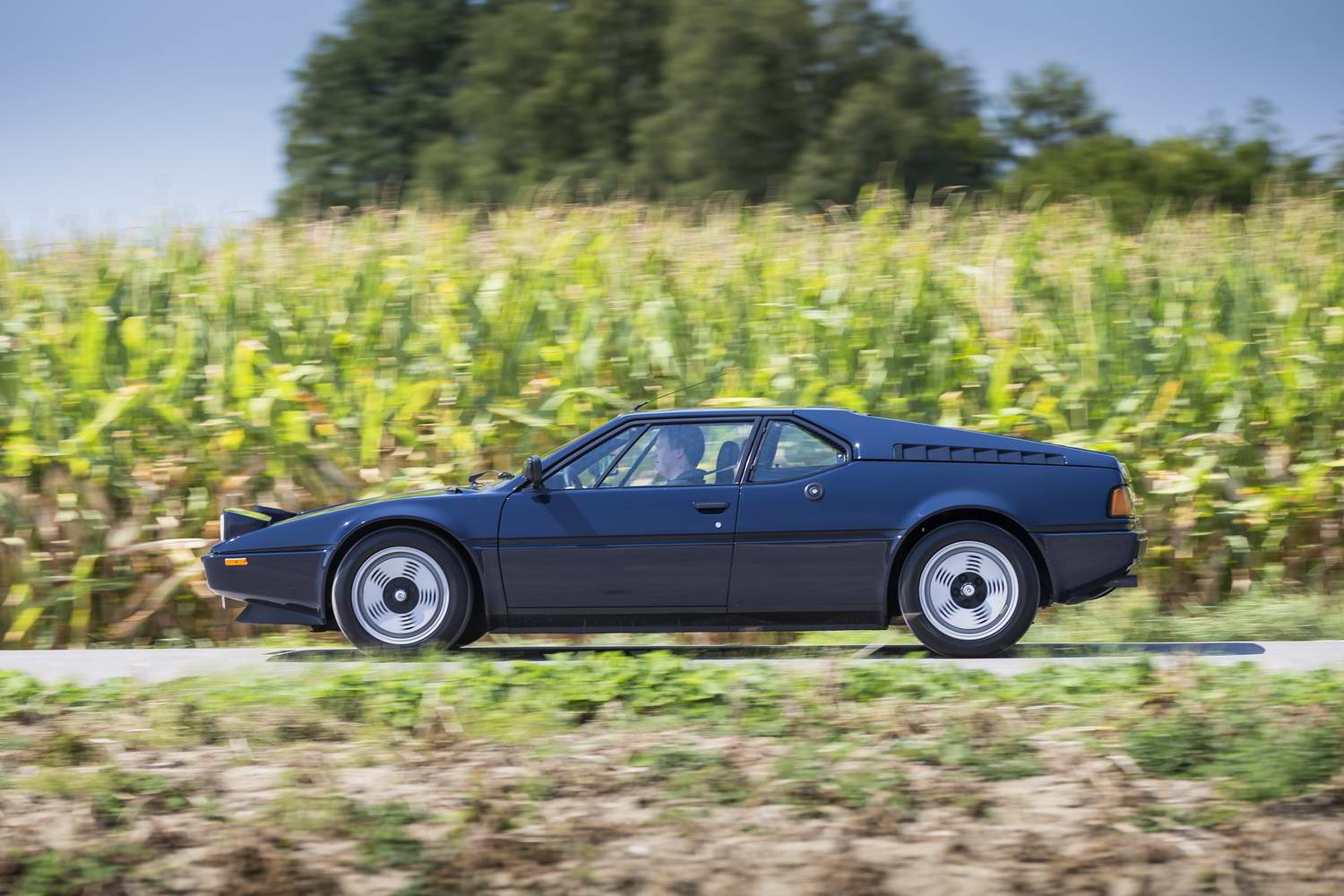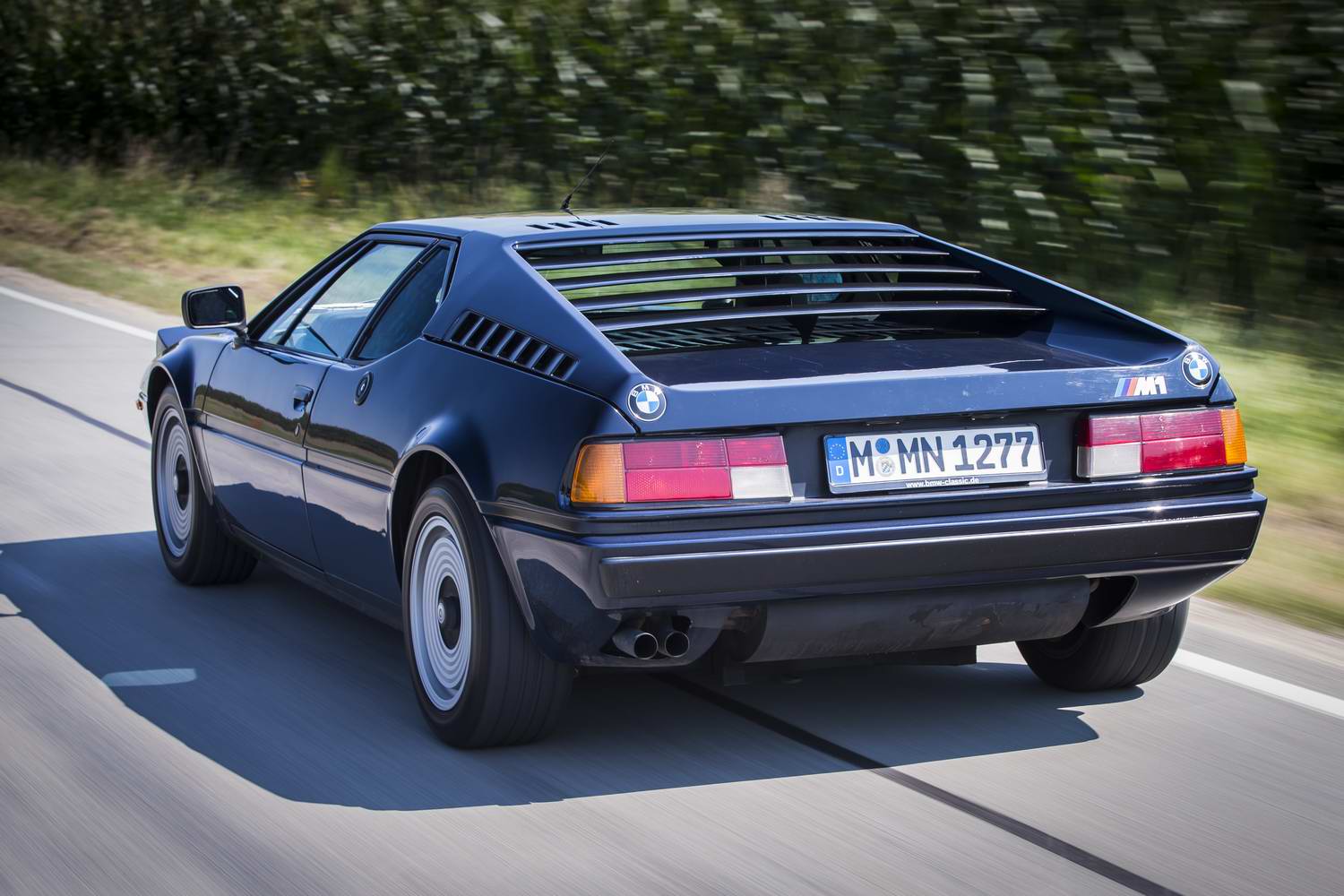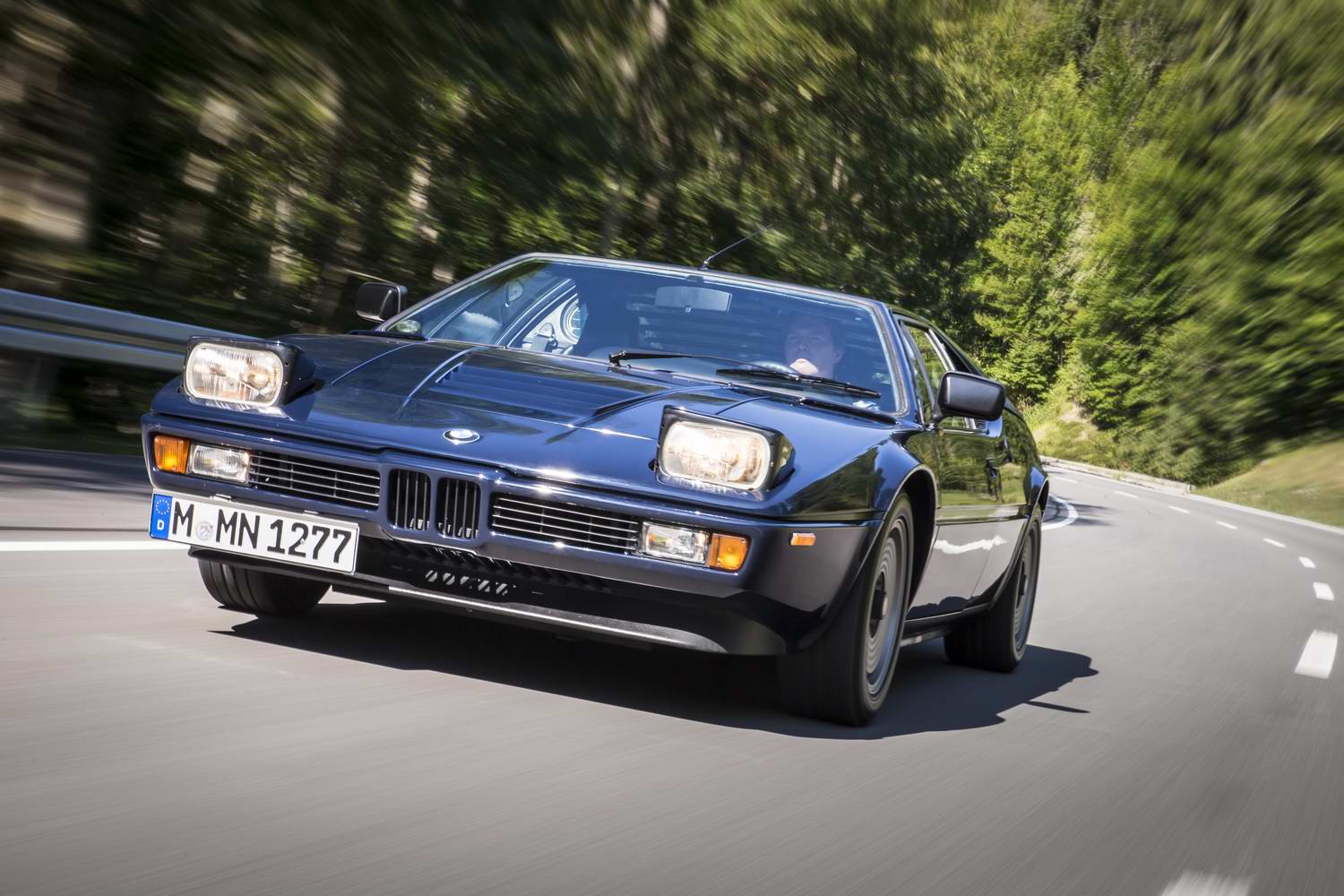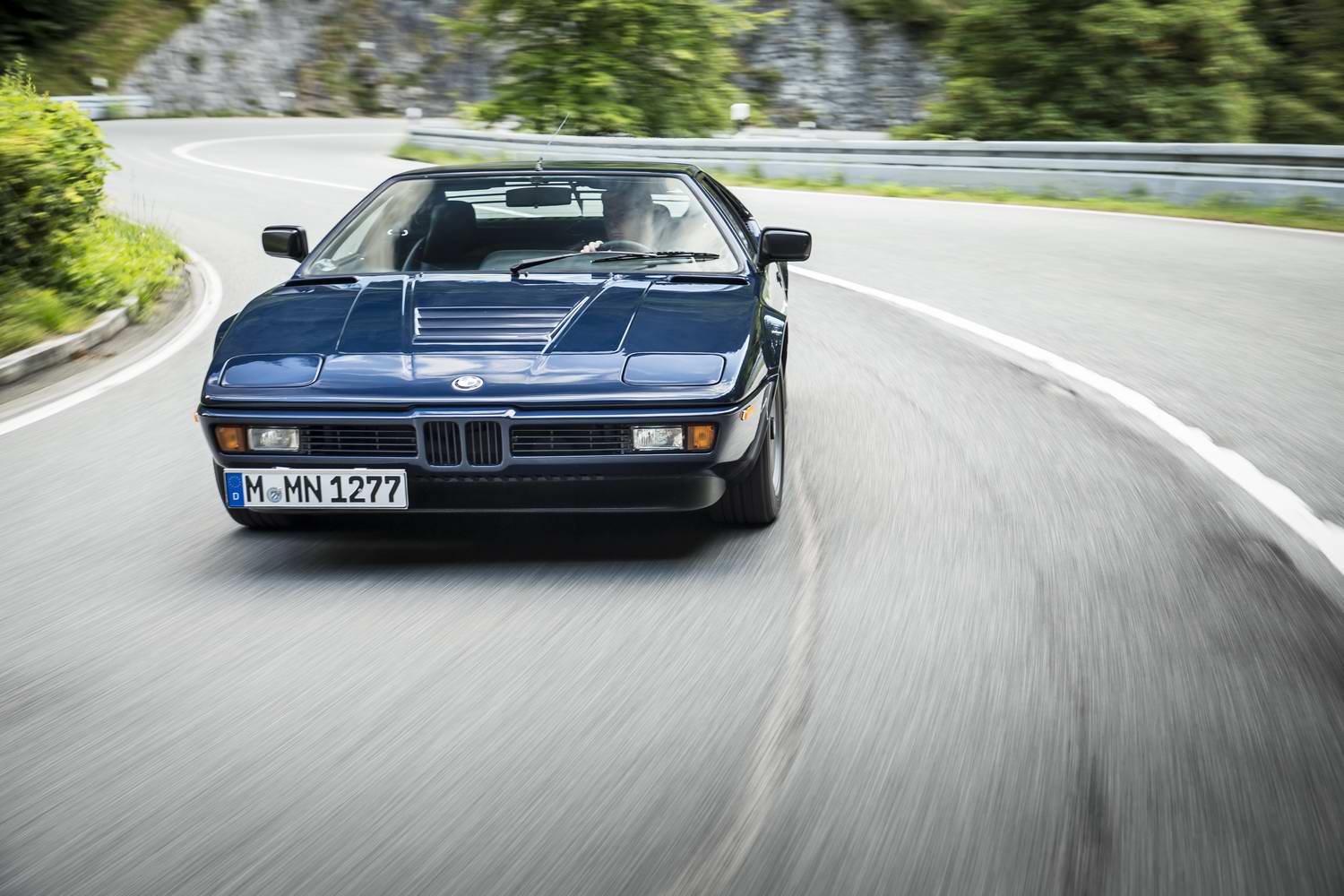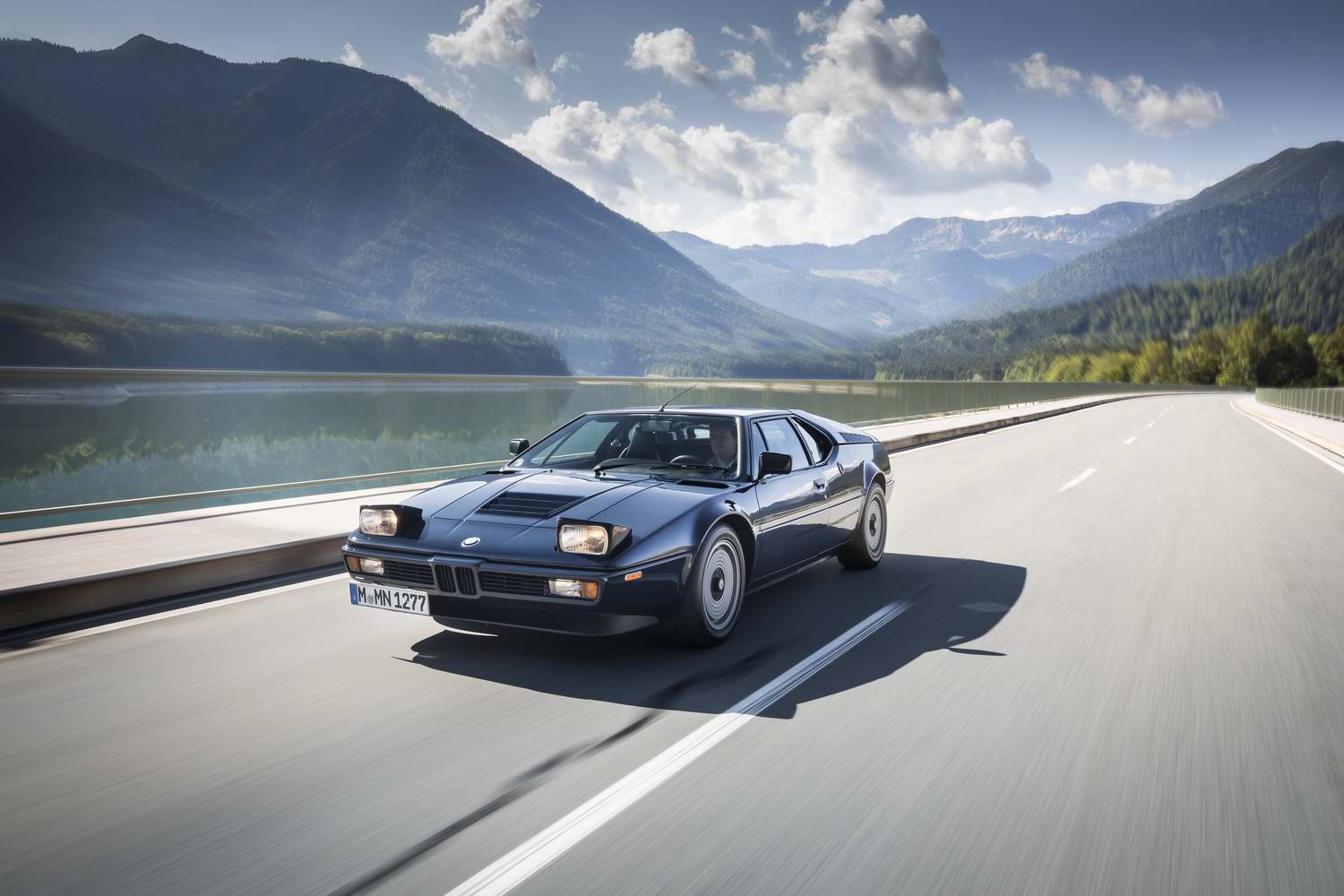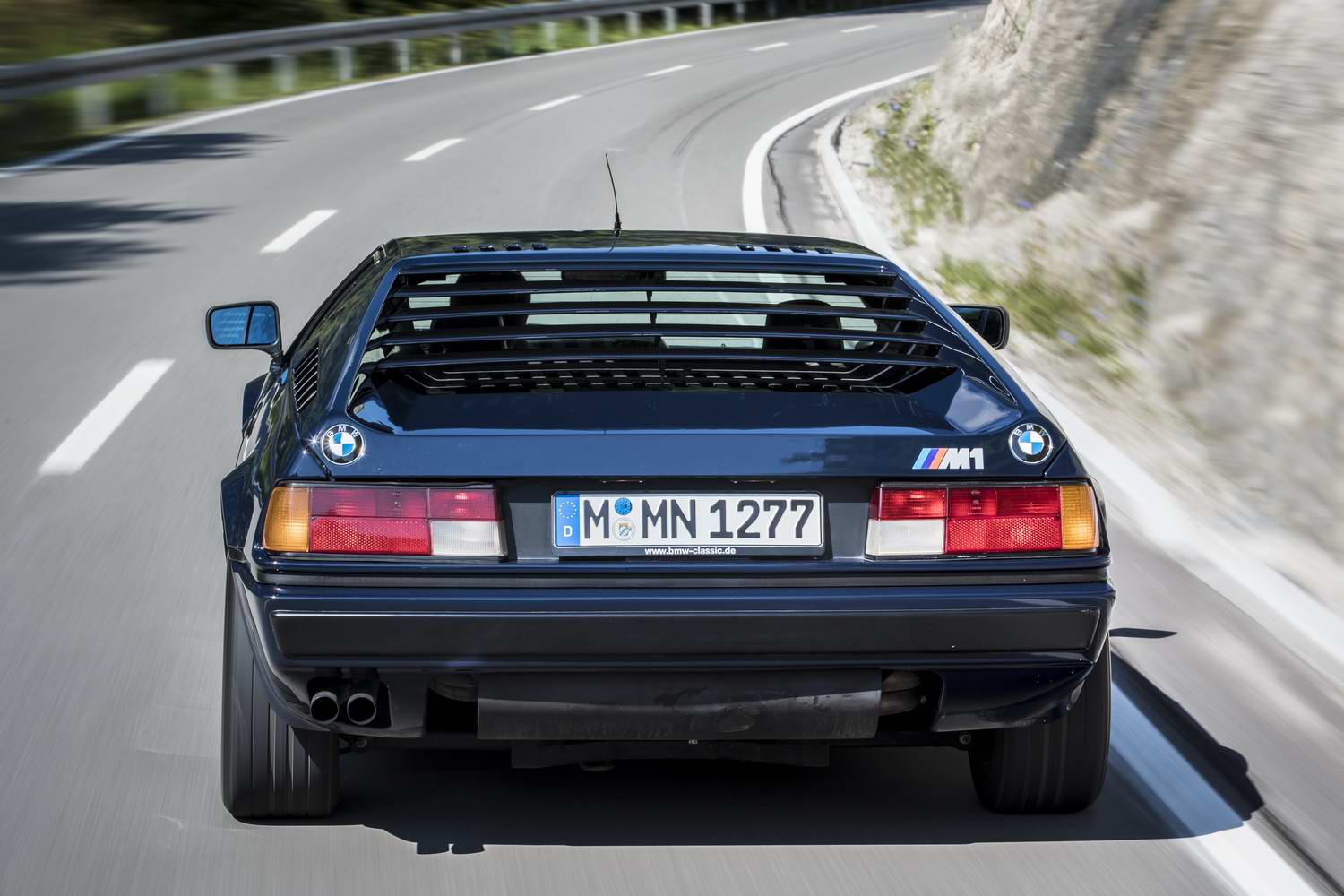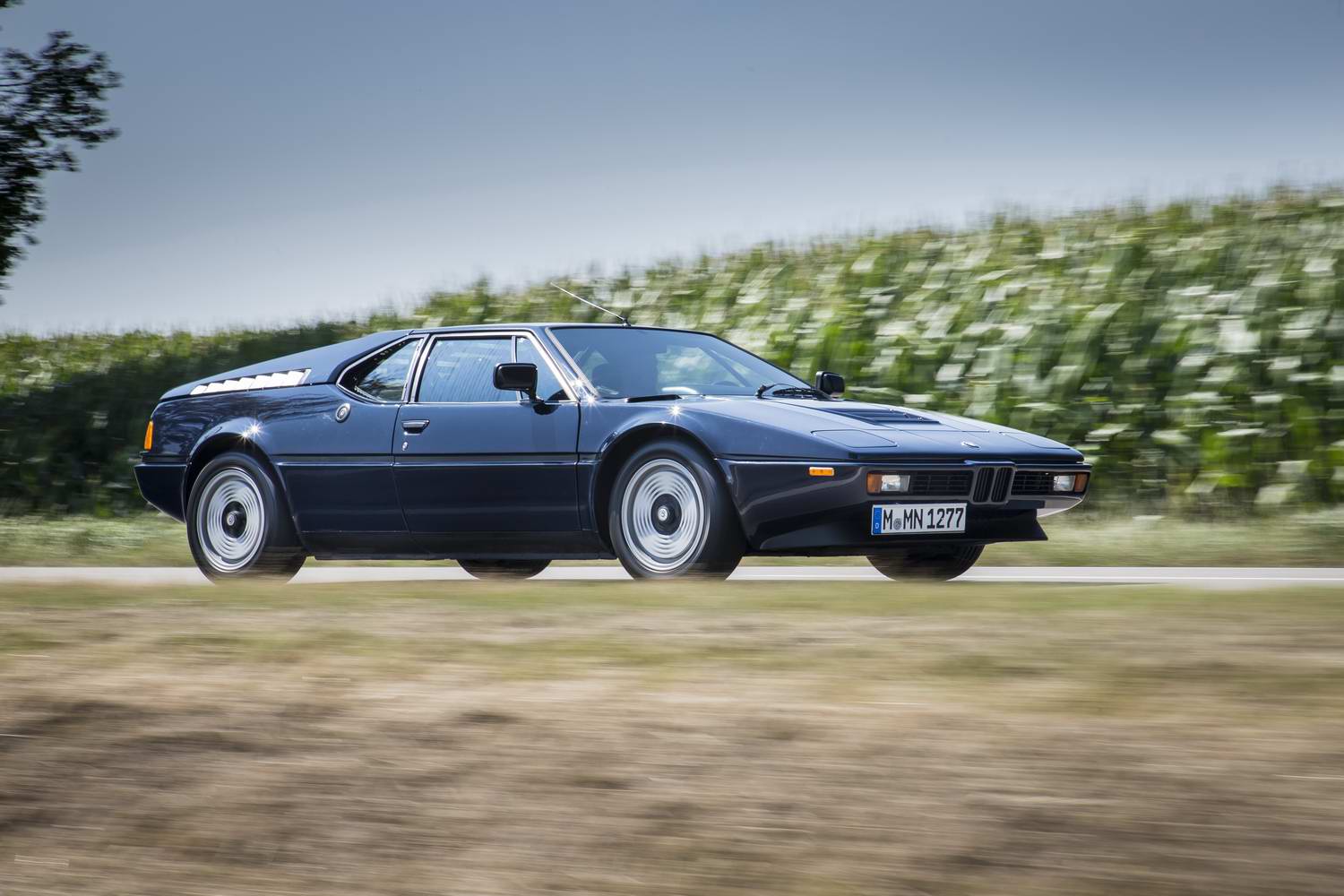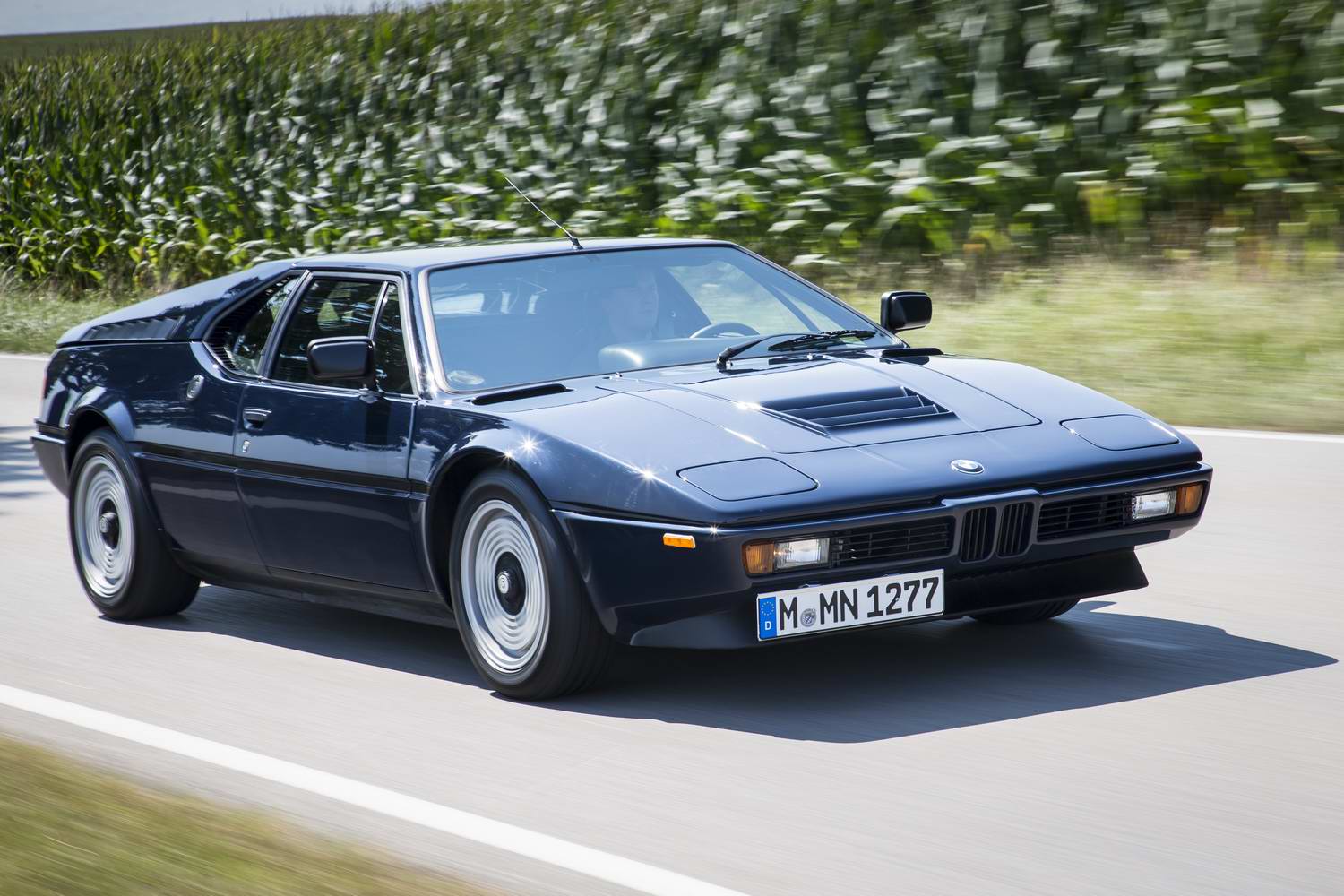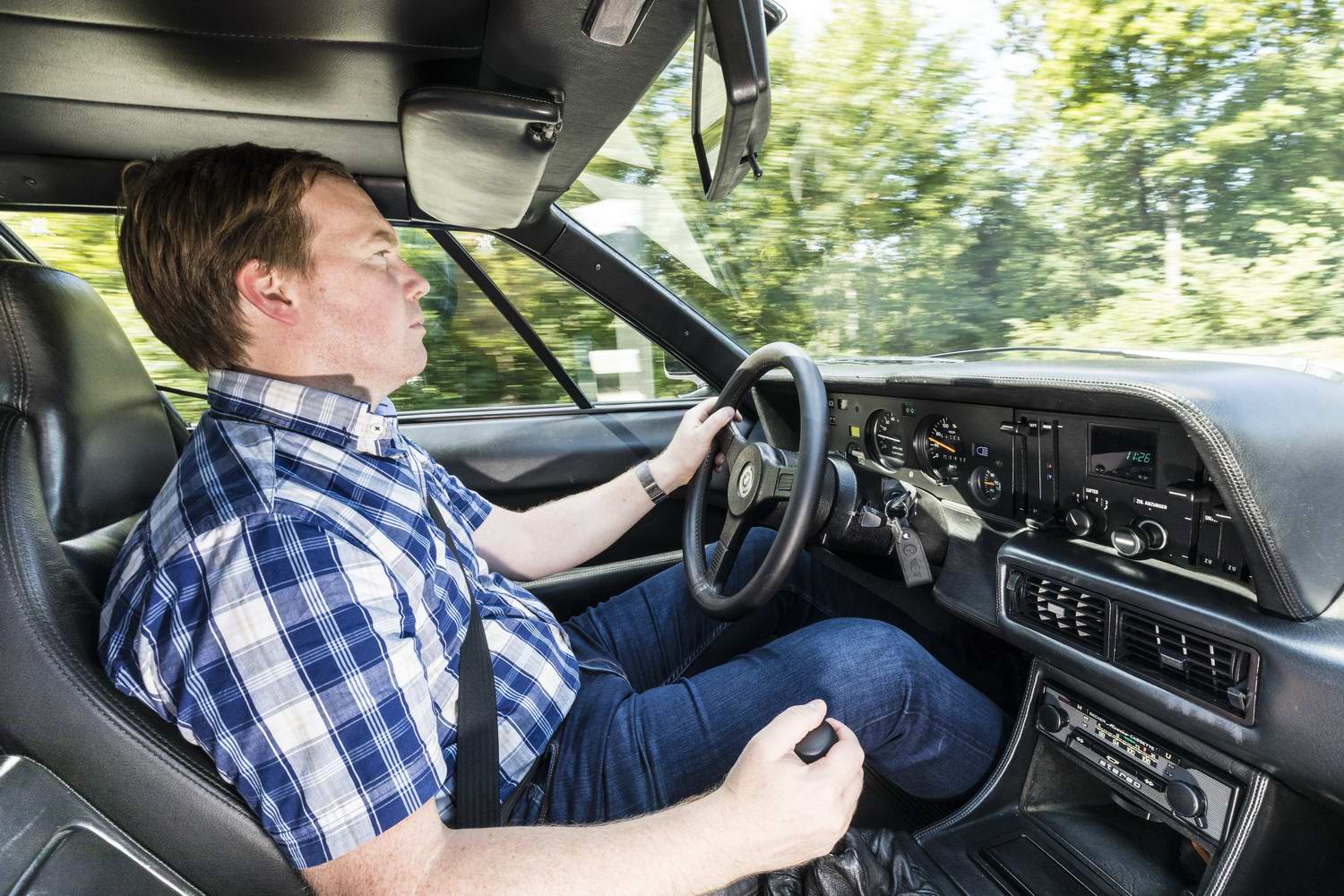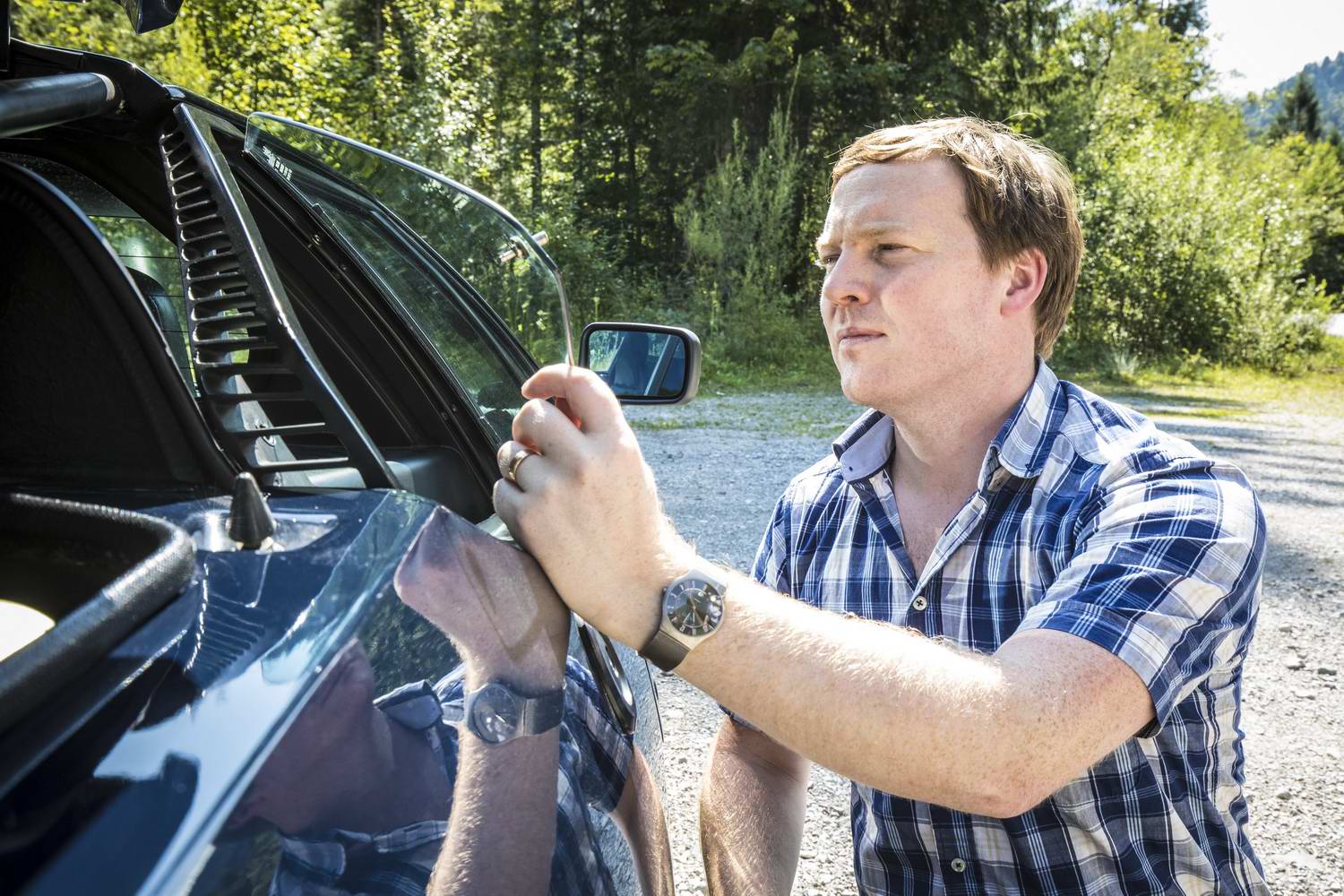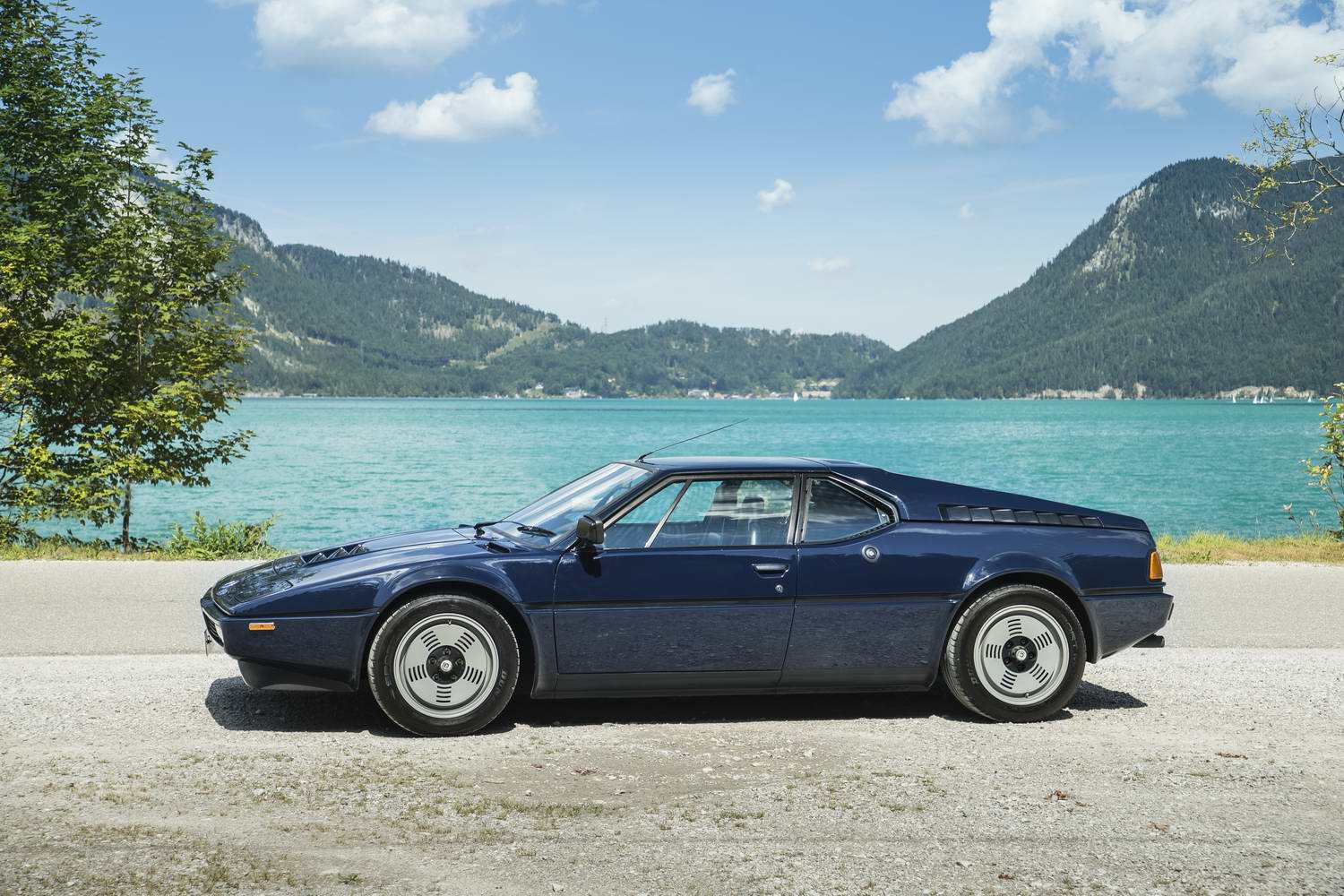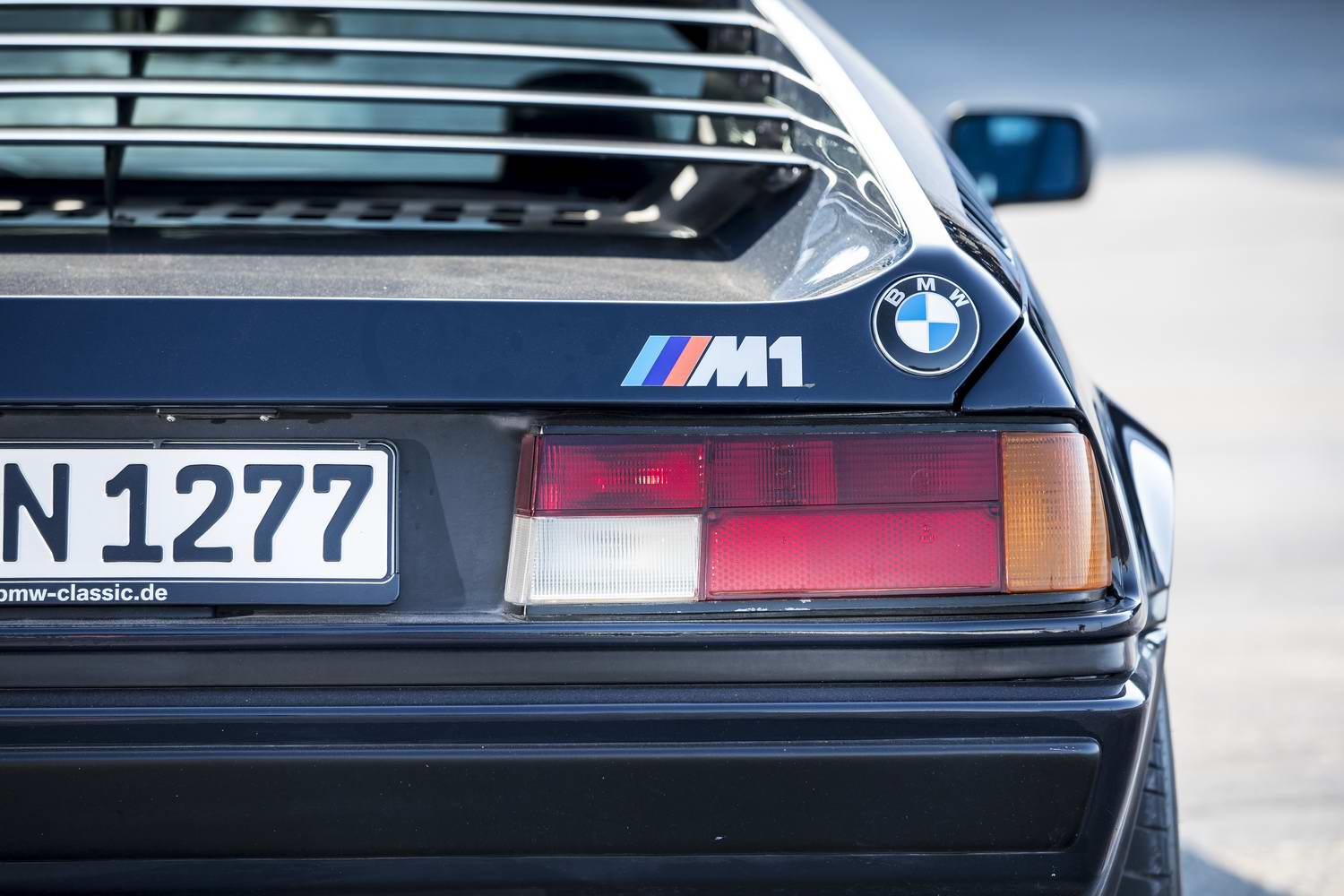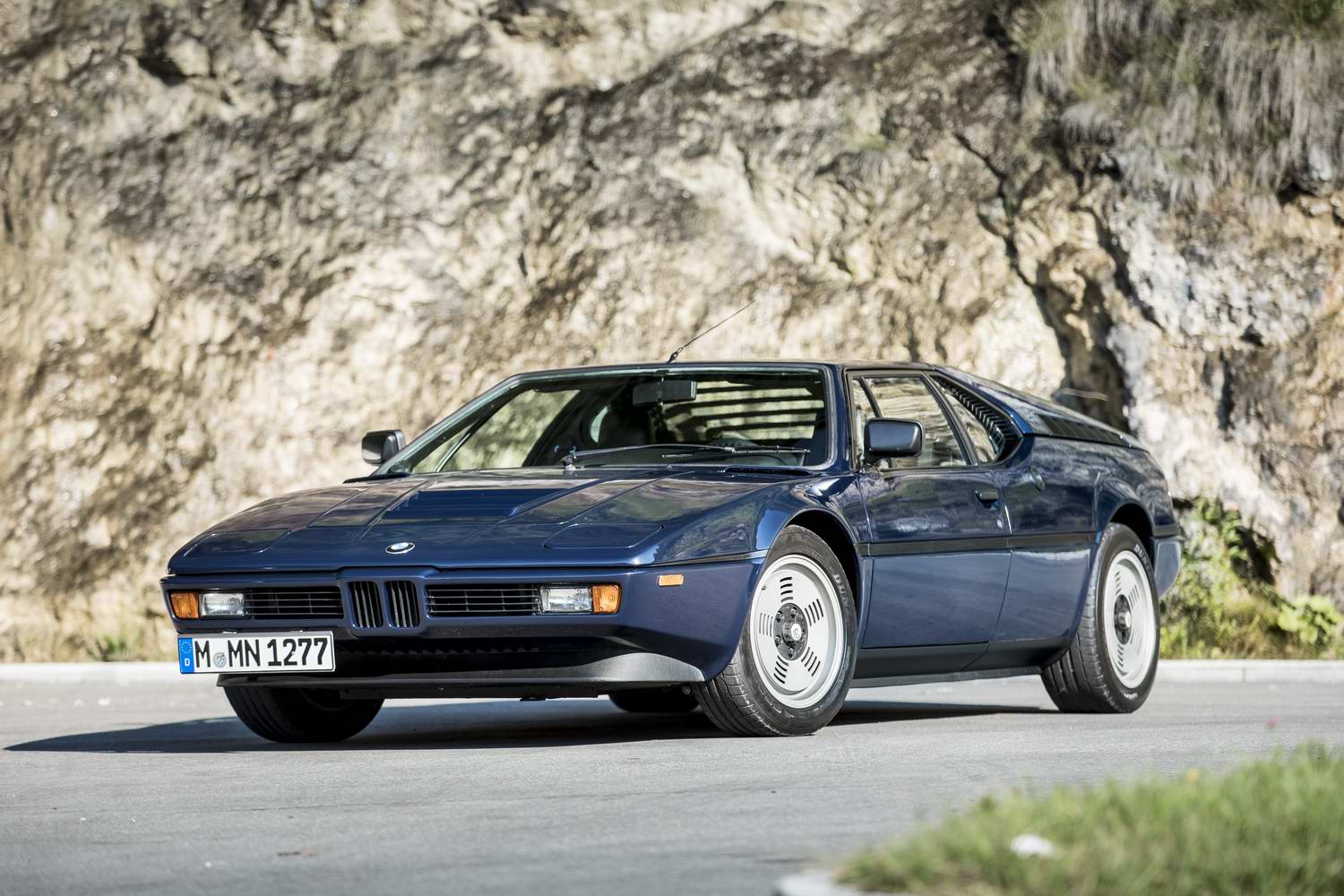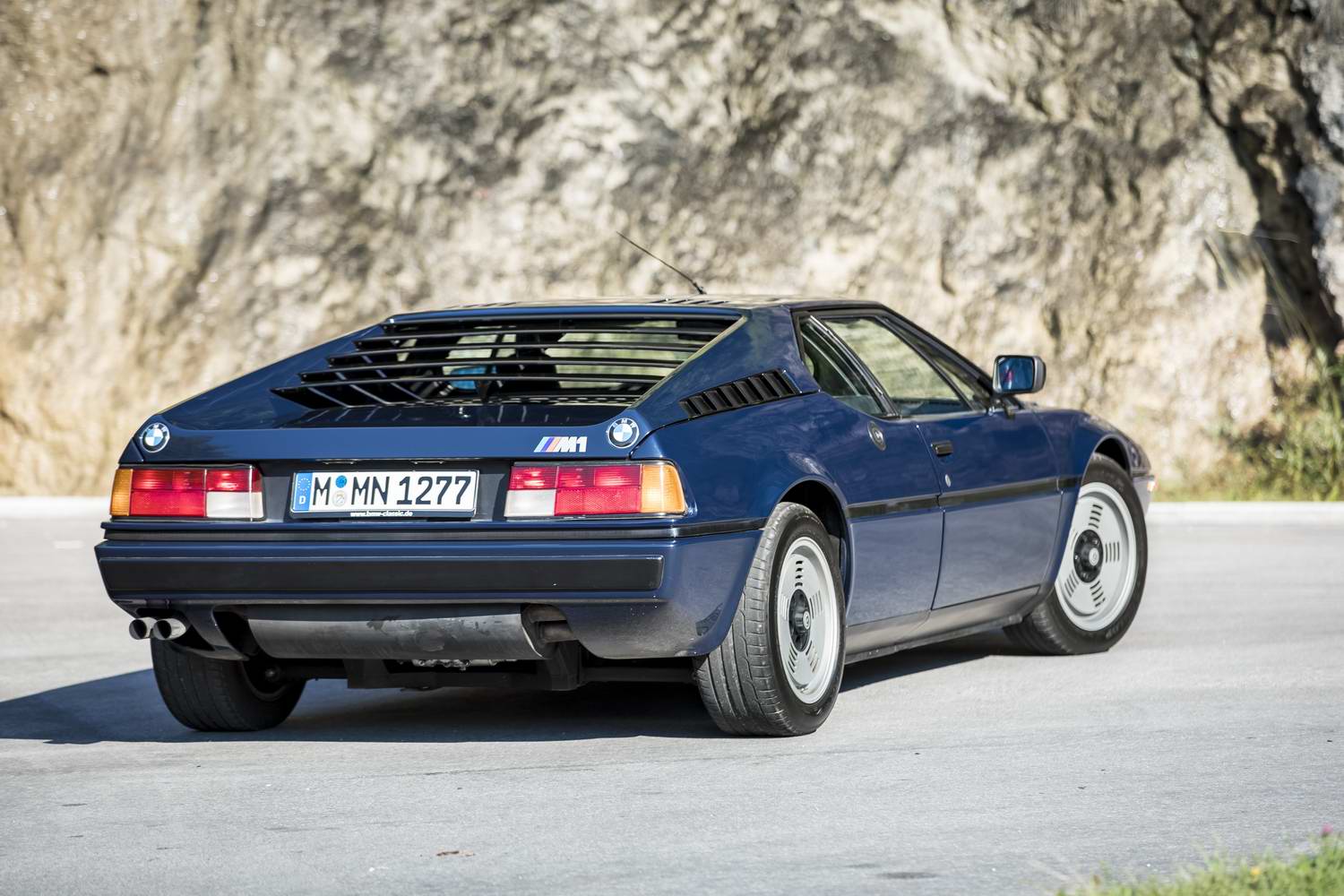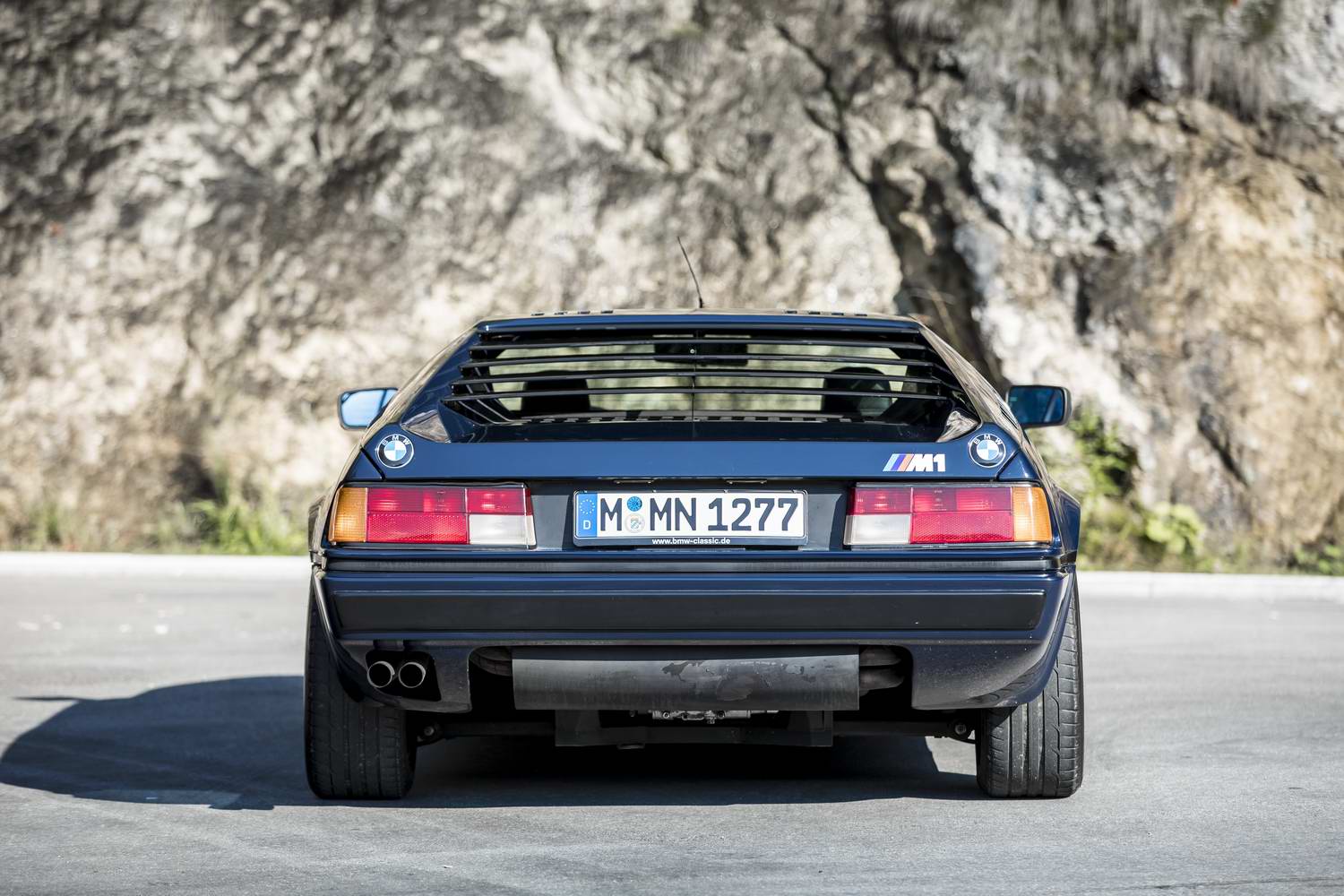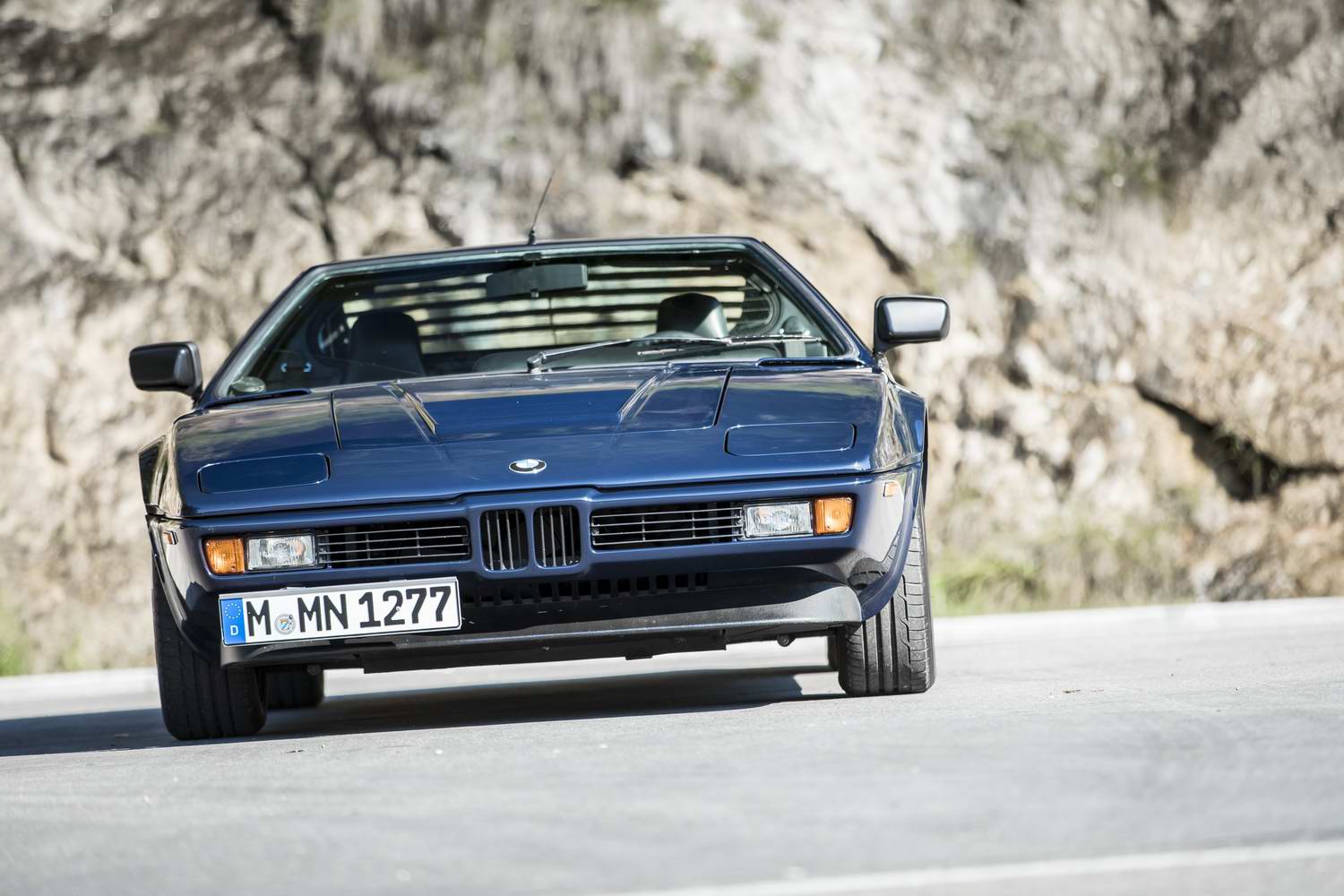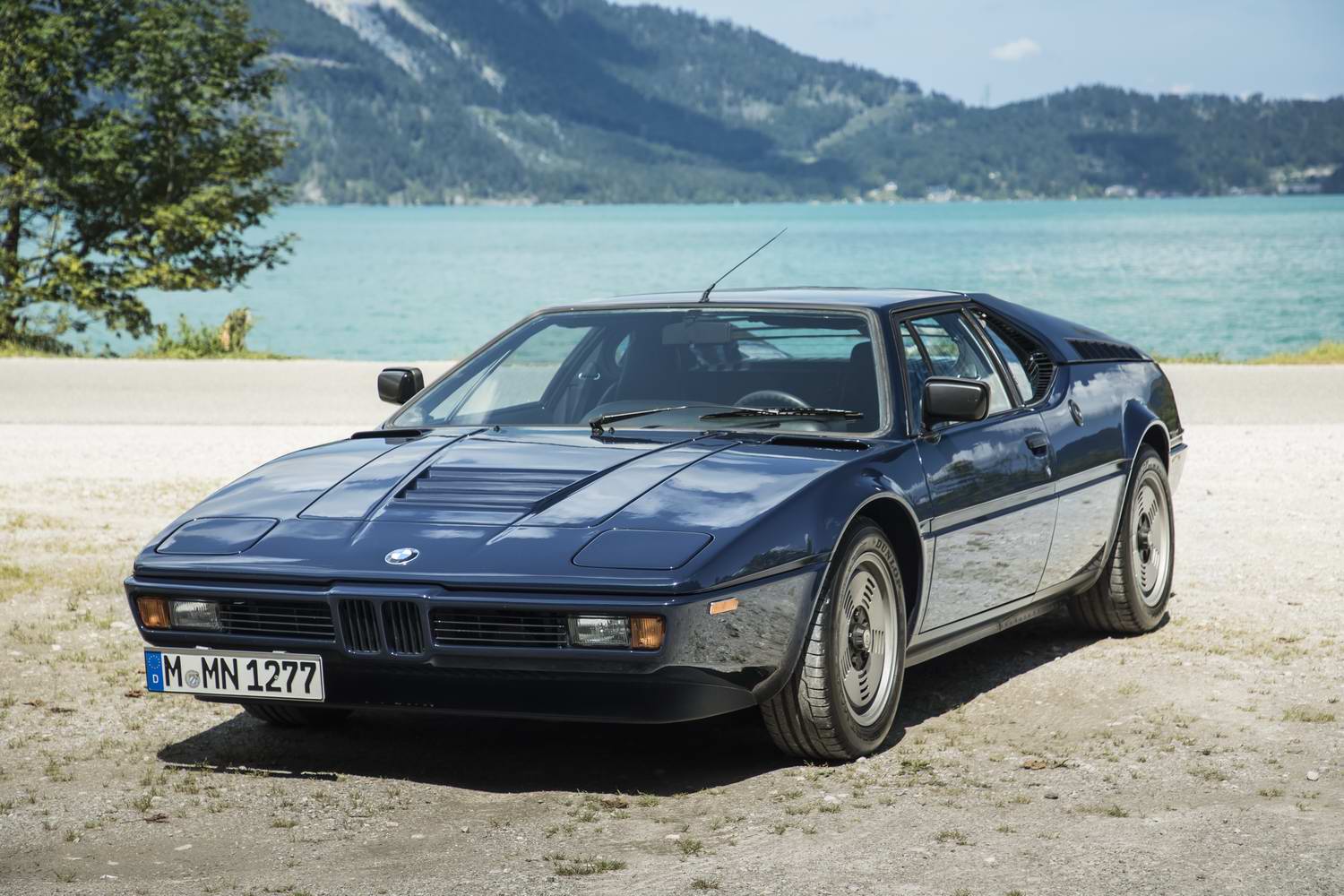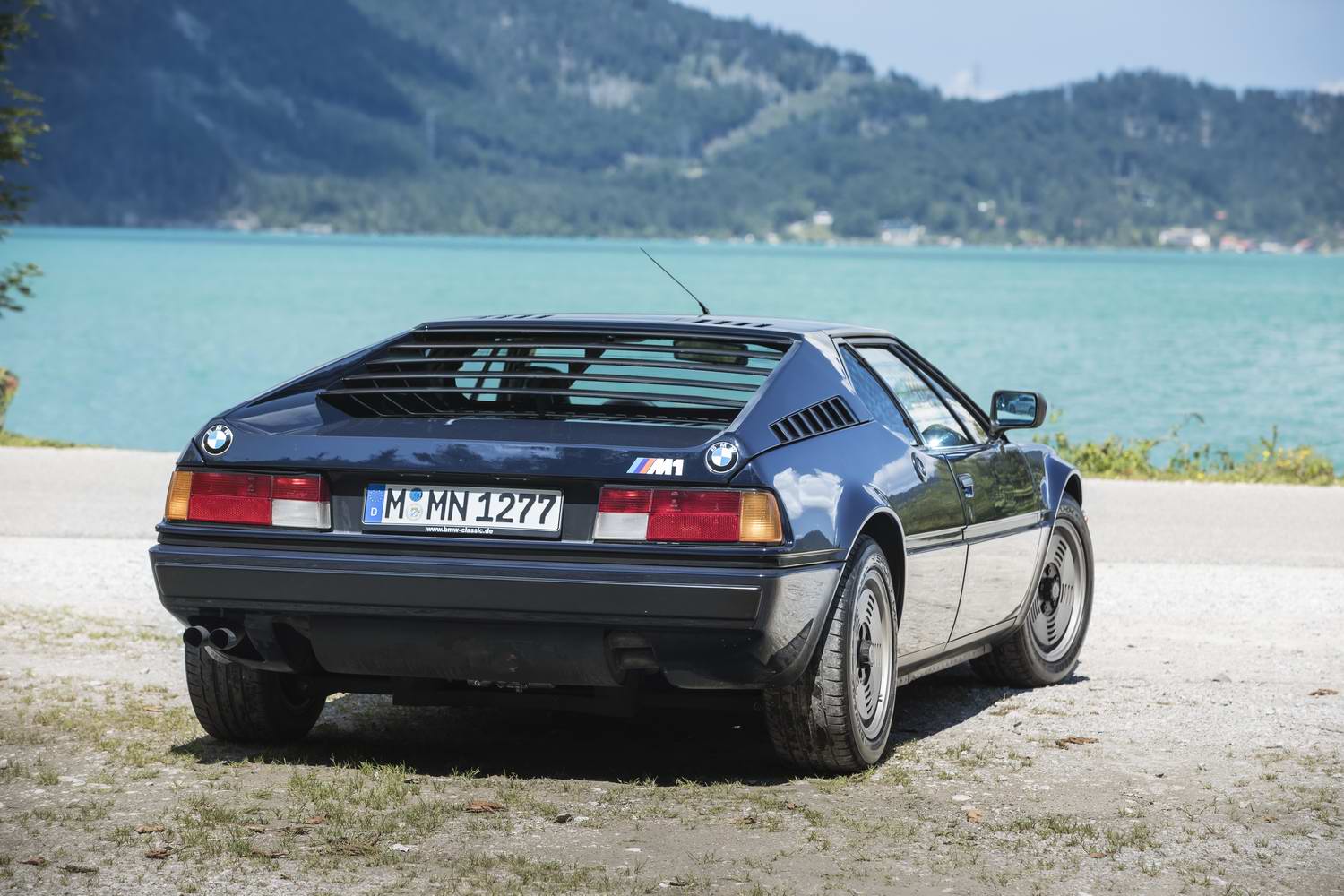BMW Motorsport GmbH came into existence in 1972, led by Jochen Neerpasch, an ex-Porsche works driver and Ford's Racing Manager. BMW M initially focused on developing and building race cars, then took over the BMW Driver Training, before ultimately, in 1974, its staff started to work on the occasional road car for enthusiastic customers. Until this point, all the race cars were based on existing BMW models in production, but then the decision was made to create a bespoke vehicle designed to compete in Group 4. To satisfy the FIA's homologation rules, a minimum of 400 road cars would have to be produced. And so, the BMW M1 was born.
Lamborghini was initially contracted to supply the body and spaceframe chassis, but ran into financial difficulty, which caused a delay to the project. BMW instead had the chassis made at Marchesi and the bodywork at T.I.R. (both in Modena in Italy), before sending them to ItalDesign for assembly with the interior. Then the cars were shipped to Baur in Stuttgart to be joined with the BMW-produced mechanical components.
The M1 pictured here is actually one of the earliest made, the ninth ever built. Its early history is a little hazy and, though the records indicate that it never left BMW ownership, it wasn't actually registered until 1991. The glass-fibre reinforced plastic bodywork apparently underwent some restoration then, but it's otherwise untouched. Since then it has been used regularly on classic car events and photo shoots such as this, but it's hardly wrapped up in cotton wool and trucked everywhere. The odometer shows over 27,000 kilometres and in our two days with the car we added about 240 kilometres to that, not all of it at low speeds...
In the metal
Designed by Giorgetto Giugiaro, the M1's shape owes much to the 1972 BMW Turbo concept car, but the production model shuns much of that show car's extravagance for a simple delicacy of line and little in the way of unnecessary add-ons. The pop-up lights and small kidney grille are complemented by an impossibly raked windscreen, while the rear features the unmistakable louvres and distinctive double BMW badge. It isn't only the grille that's dwarfed by its modern-day BMW equivalent, though, as the M1 looks absolutely tiny when parked next to any new car.
And you feel it when you ease yourself inside. Even those under six feet tall will find the windscreen header rail uncomfortably close to their heads for comfort, and you feel like you're sitting on the ground. Next, you'll notice how drastically offset the pedals are, making room for large wheel wells. Hence, there's nowhere to put your left foot when it's not in use on the clutch pedal. The black leather of the M1's seats is well-preserved, but the seats are distinctly lacking in side bolstering. The M1's steering wheel is sublime, though, even if the leather on the rim is well-used. It's small in diameter, simple in design, free of clutter and has a delicately cross-sectioned rim, something we've reckoned for some time that BMW M needs to remedy in its new cars.
There's real charm to the M1's simple dashboard, too (even if it does cause a nasty reflection in the windscreen in bright sunshine). The Jaeger analogue instruments are compact and there's little distraction. Saying that, we couldn't make head nor tail of the German air conditioning controls, and we soon discover that - in the height of a hot summer - even with correct operation, this particular car only has air conditioning in theory, while the flimsy air vents in the doors don't seem to do anything at all to help matters. Elsewhere, the switchgear dates the M1's cabin with its chunkiness, but there's a solidity to the interior that's a little surprising. Exposed screwheads give it a vaguely motorsport feel today and, for some reason, the cover in front of the storage box between the seats is made of heavy, indestructible-feeling metal. Odd in a car that was designed to be a lightweight racer.
Driving it
Power comes from a 3.5-litre straight-six petrol engine mounted in the middle of the car, driving the rear wheels through a five-speed manual gearbox. No turbos here, which explains why its 286hp is produced at a heady 6,500rpm and the modest 329Nm of torque doesn't come on stream until 5,000rpm. But you don't need to rev the M1's engine to keep up with free-flowing traffic; it's quite tractable at low speeds and, despite the heavy clutch and slightly recalcitrant gearbox, it's not at all difficult to drive (aside from getting used to the 'dogleg' position of first gear). Given its original supercar billing, it feels remarkably docile and normal, actually. The compact footprint helps, and thin windscreen pillars assist with visibility, too, which isn't as poor as the flat shape might have you believe.
Nonetheless, as the heat of the day increases, the M1 becomes very difficult to manoeuvre at low speeds, as it has difficulty idling. BMW confirms that this particular car is known to be running rich, but fixing it isn't just the work of an hour in the workshop. Indeed, the setup and maintenance of the Kugelfischer mechanical fuel injection is one of the M1's only weak points.
Out on the open road, there are no problems with the car's performance, and we're encouraged to explore the upper reaches of the rev counter, despite the theoretical value of this car. Indeed, only when you hold the throttle pedal down past 5,000rpm does the engine truly come alive. Accompanied by the distinctively BMW straight-six howl, it suddenly begins to live up to its performance car billing, and it's a real thrill to hear this engine working hard. At 1,300kg, the M1 is a relative featherweight, so it's pleasingly fast on the move, despite the low (by modern sports car standards) engine output.
It takes concentration, effort and practise to get the most from the M1's chassis, even at sane road speeds, but it's a rewarding car to drive quickly and, like a lot of older cars, it flows along with the road fluidly rather than relying on a rock solid suspension setup for its cornering prowess. If the fuel injection system and air conditioning were sorted, this car would be enjoyable to use every day.
What you get for your money
Well, you might use the BMW M1 every day if you didn't worry about such things as its value... When I drove the car in Germany, BMW Classic estimated it was worth about €700,000, but we reckon values have softened since then. Even so, at well north of €500,000, this is not a car many will buy to drive regularly. More's the pity. About 455 examples were manufactured (including race versions) in total, so it's a worthwhile investment.
Summary
The BMW M1, effectively the precursor to today's highly successful BMW M cars, has never been remade, which perhaps adds to the original's allure. It helps that it's good to drive and downright usable, too. One for the lottery win car collection, no doubt.

